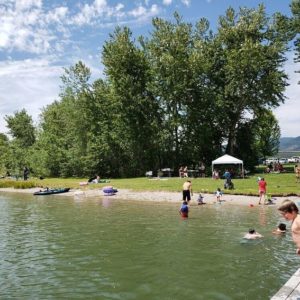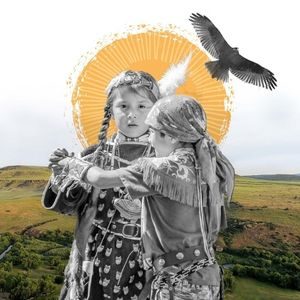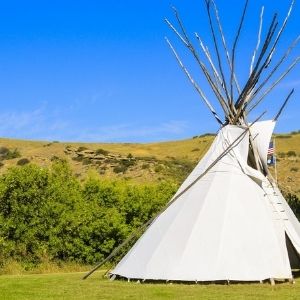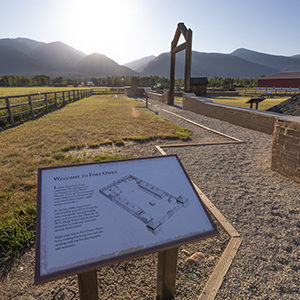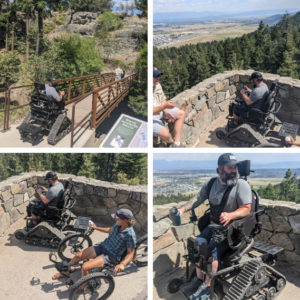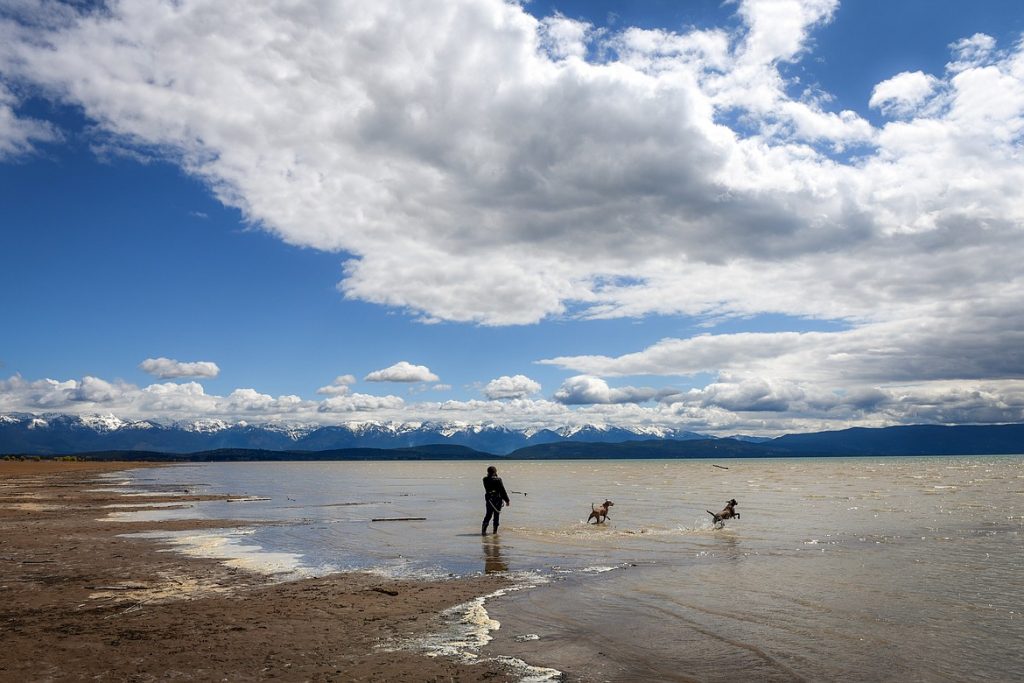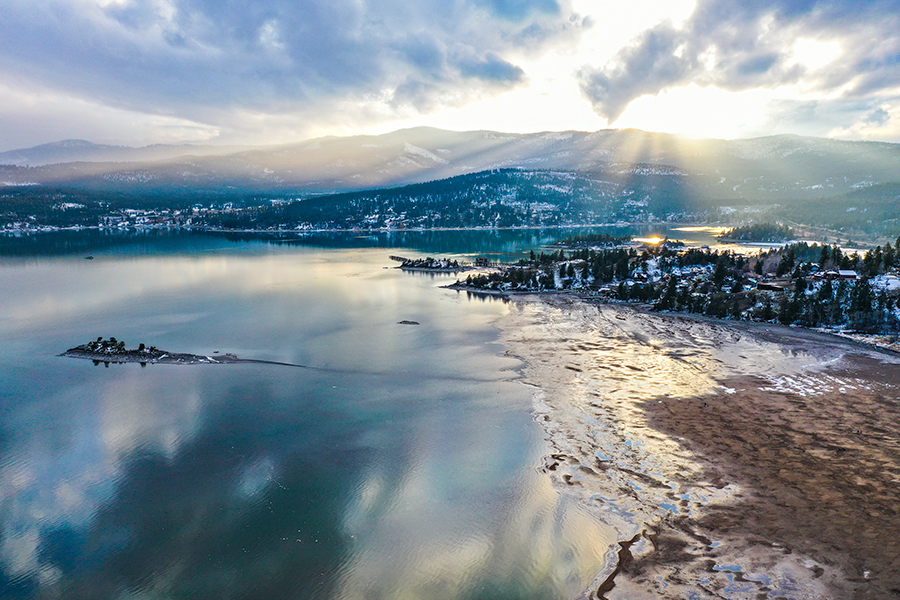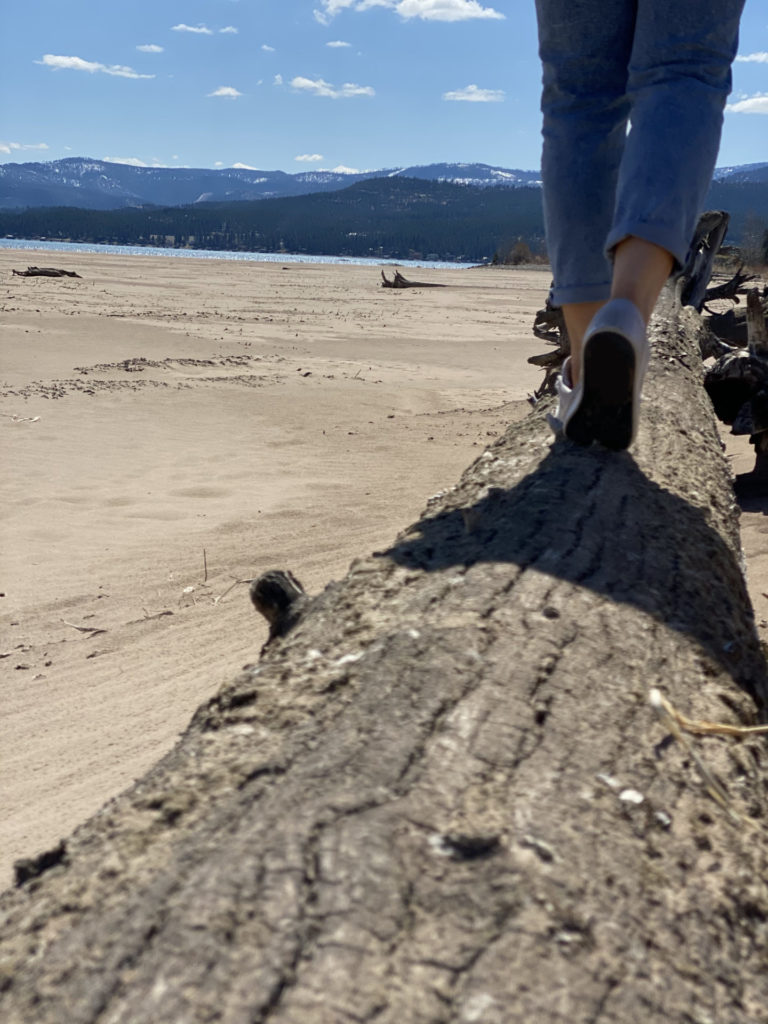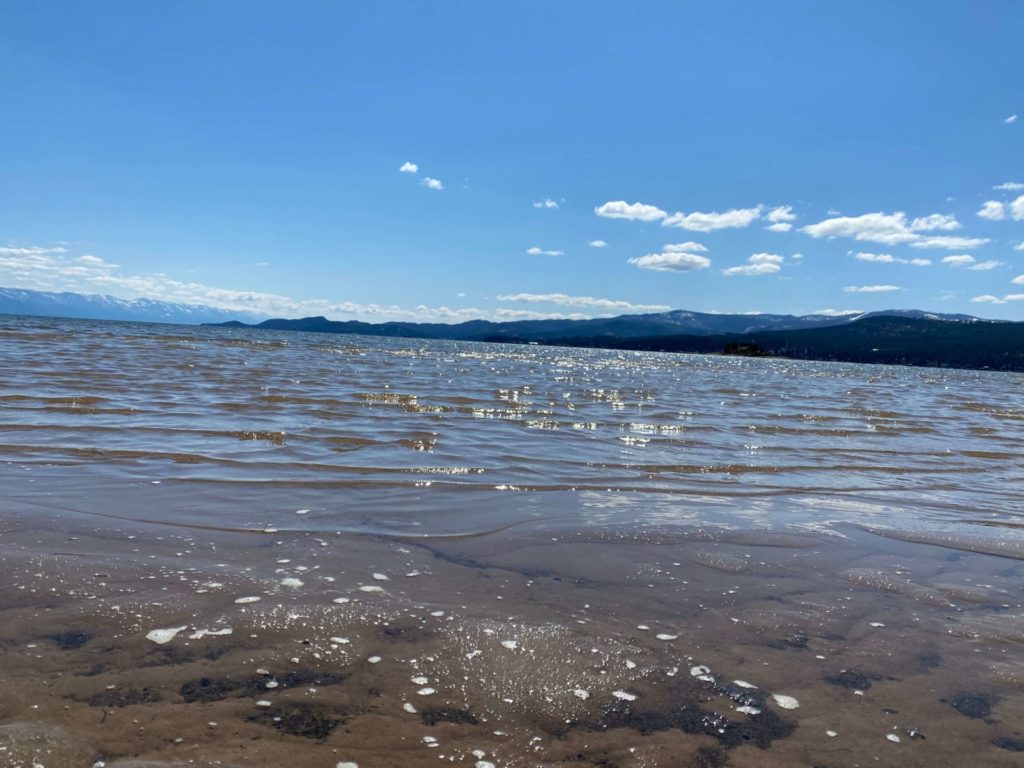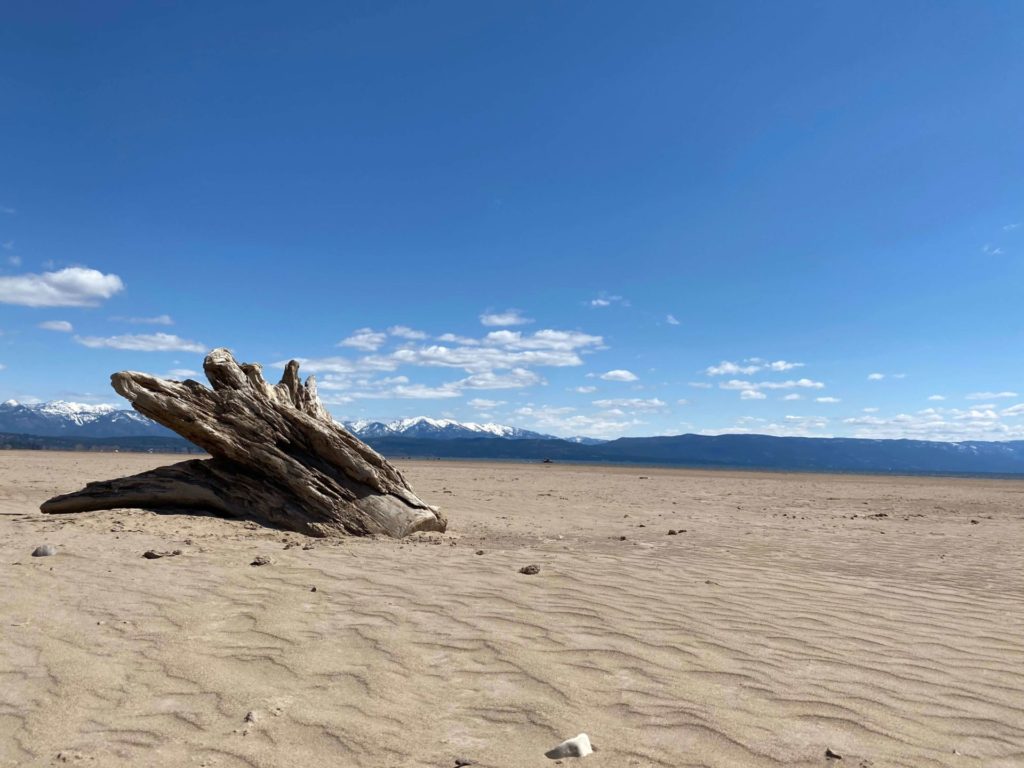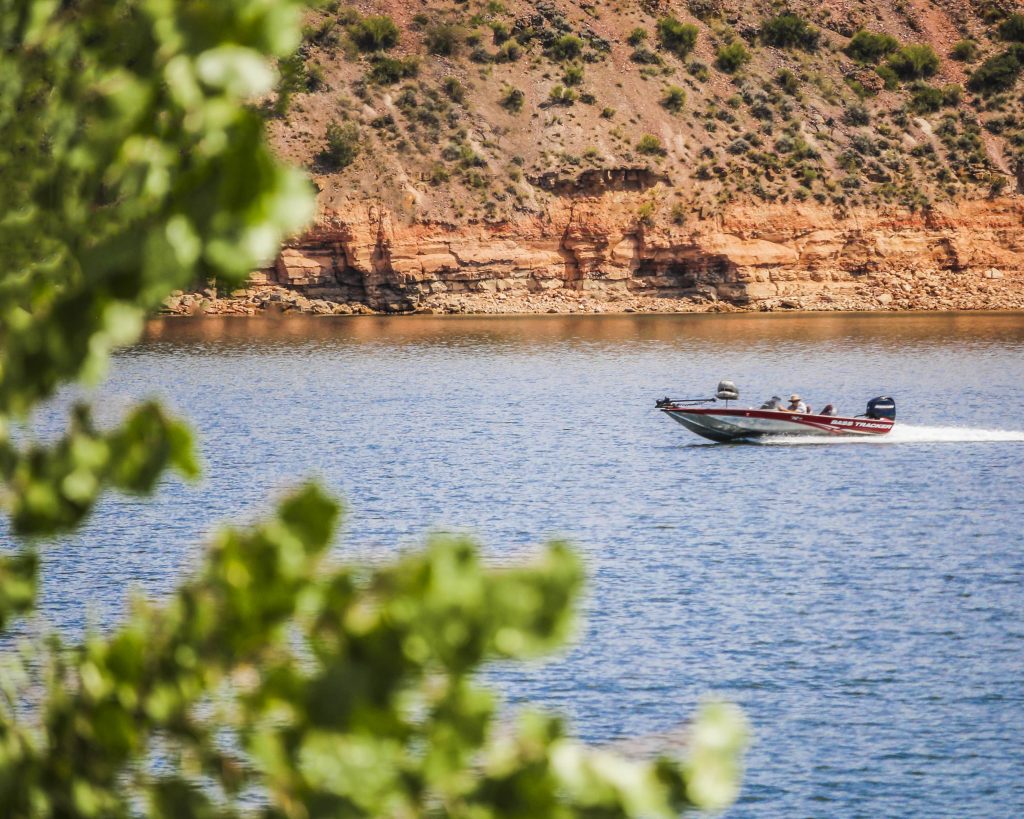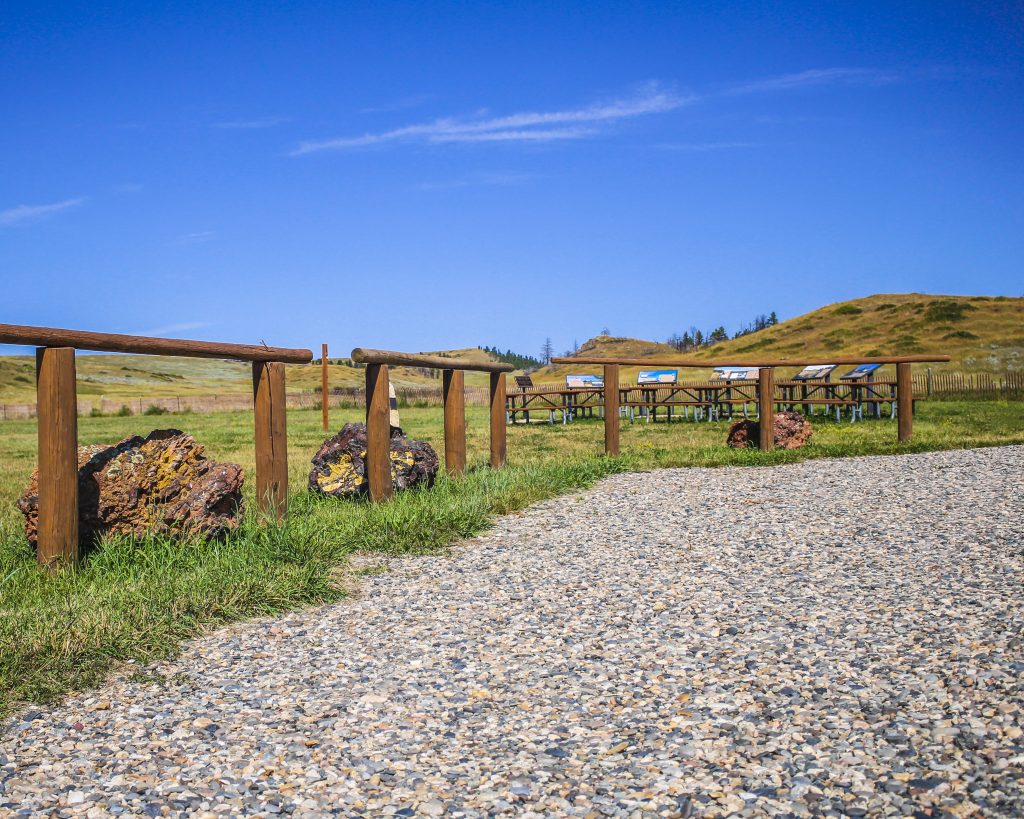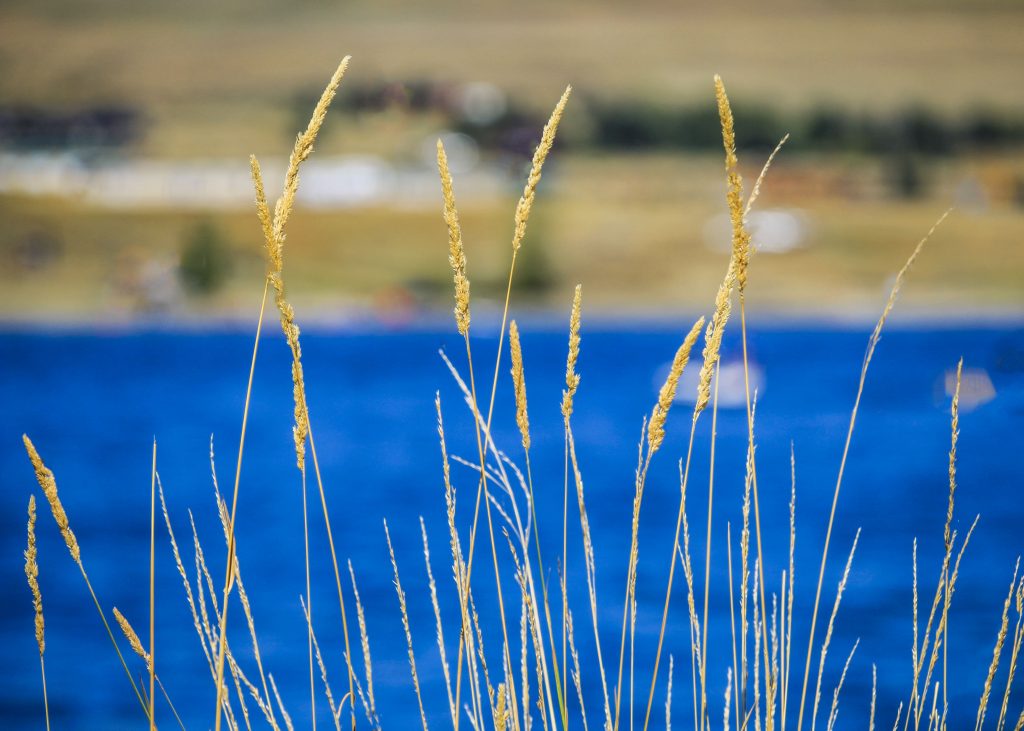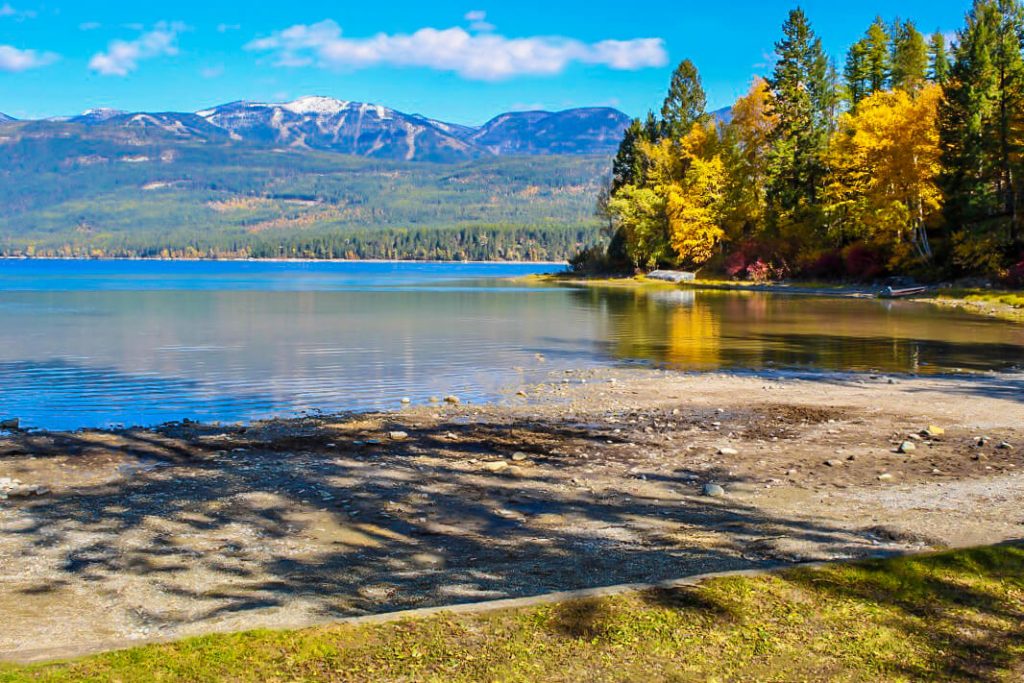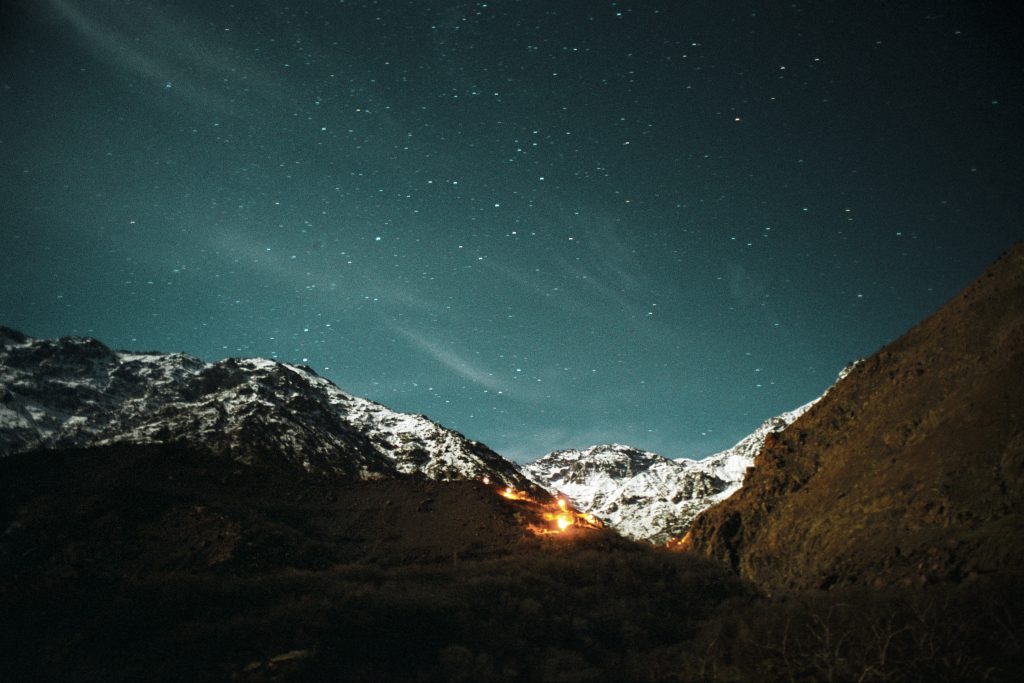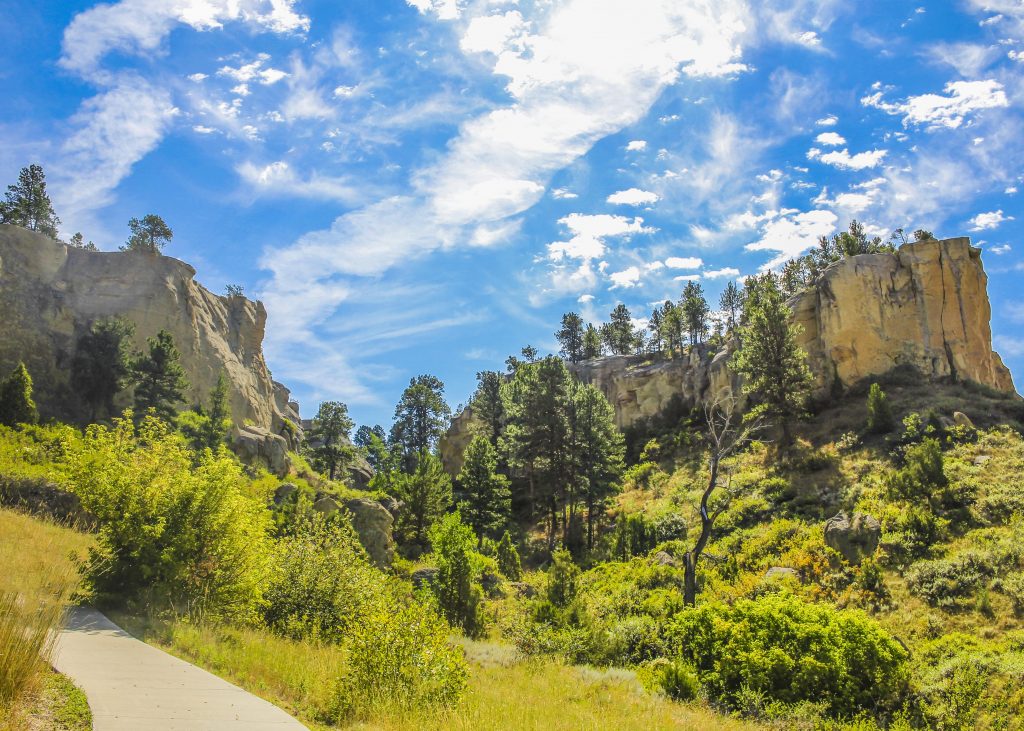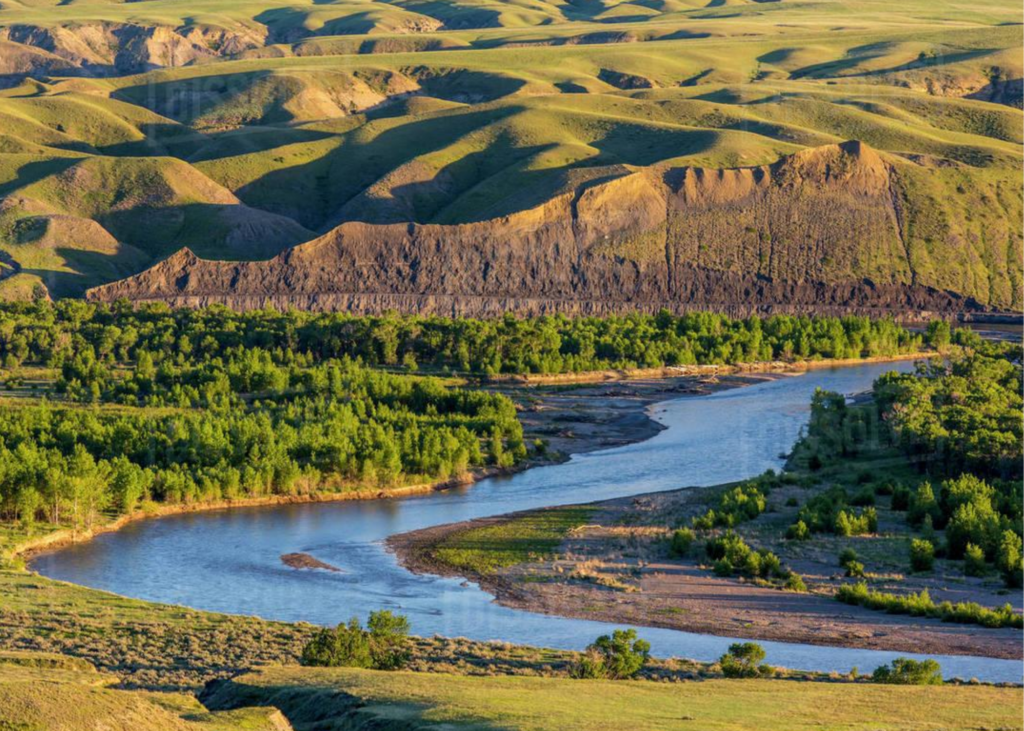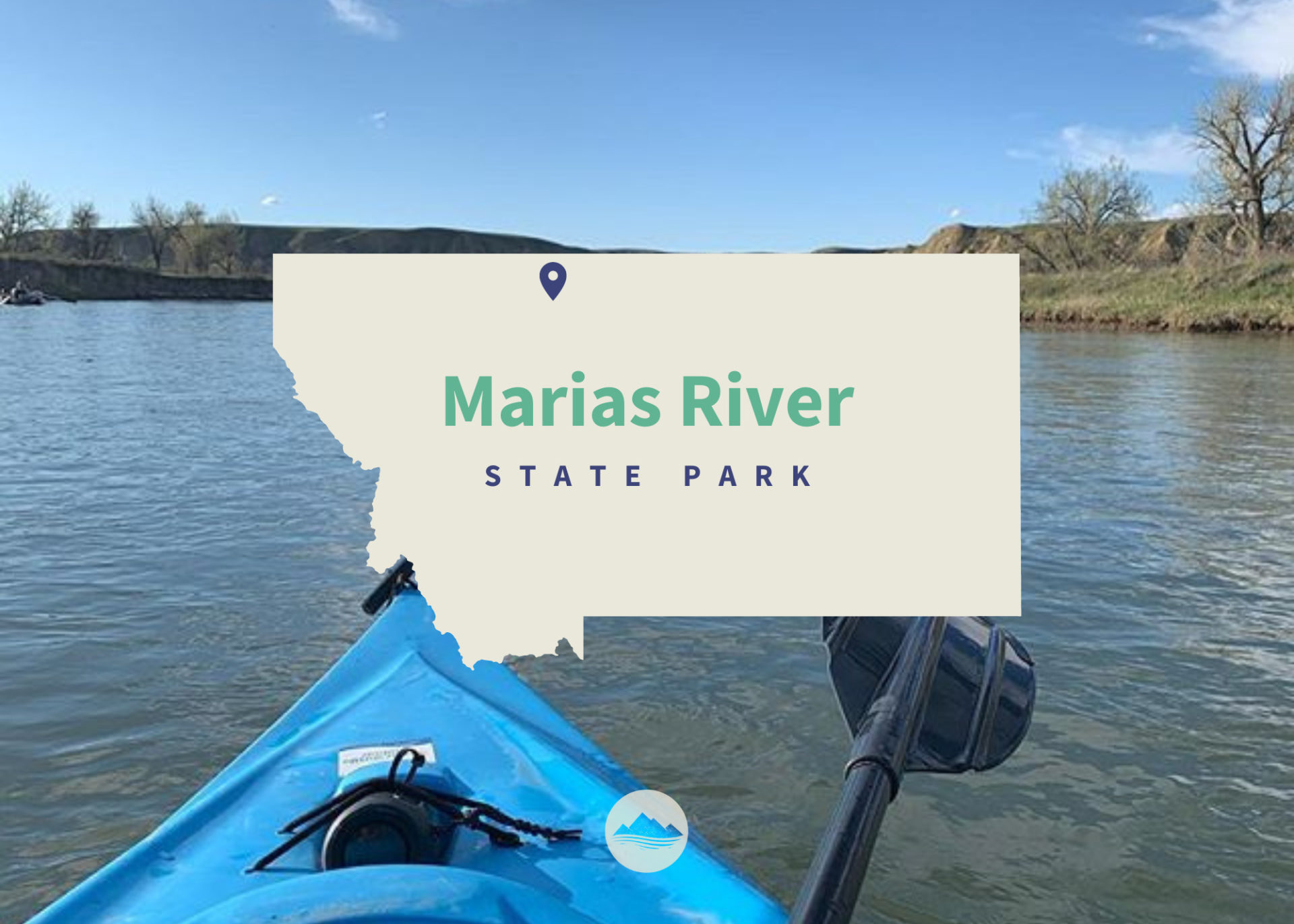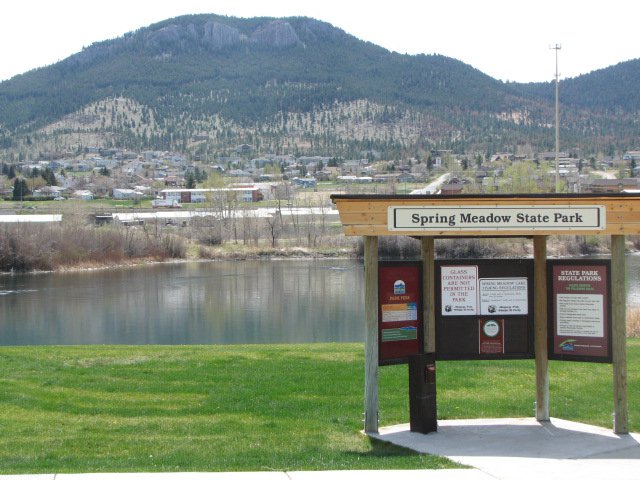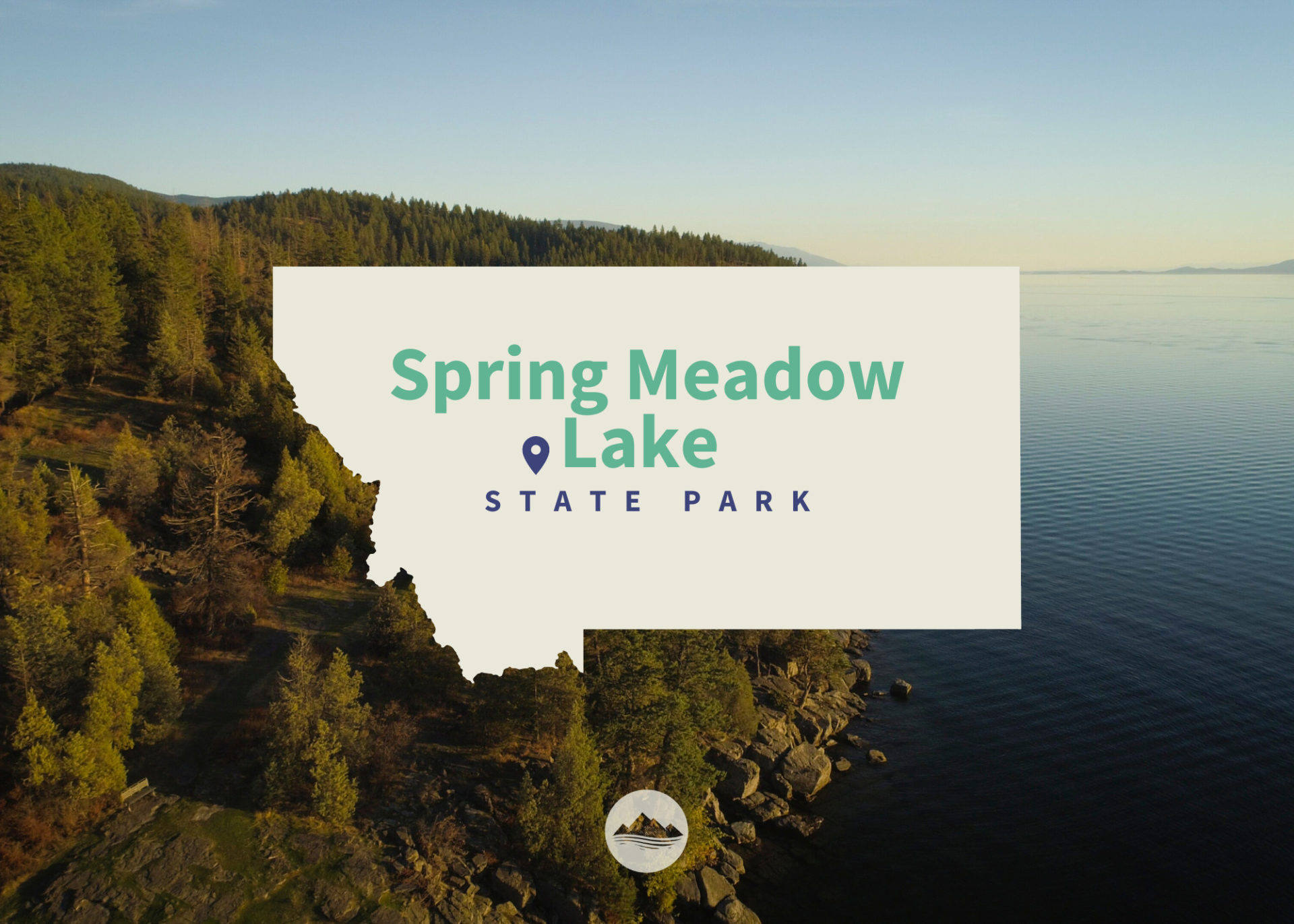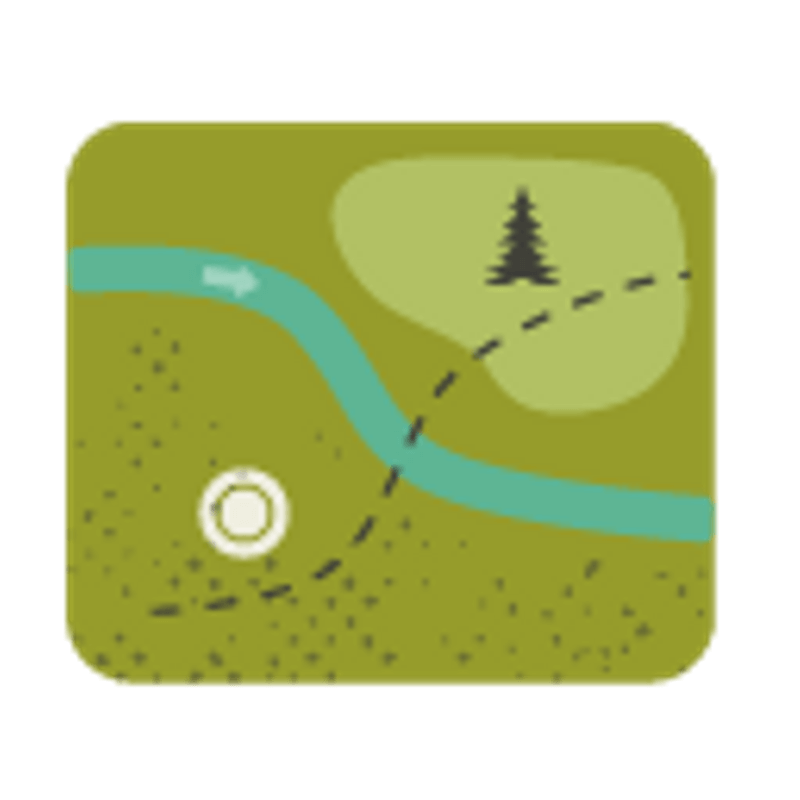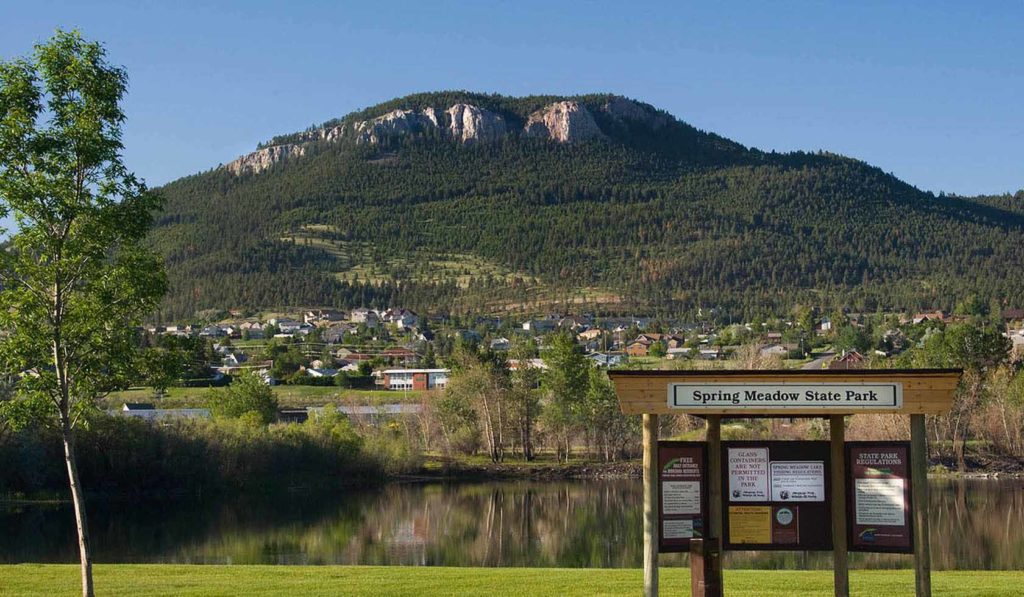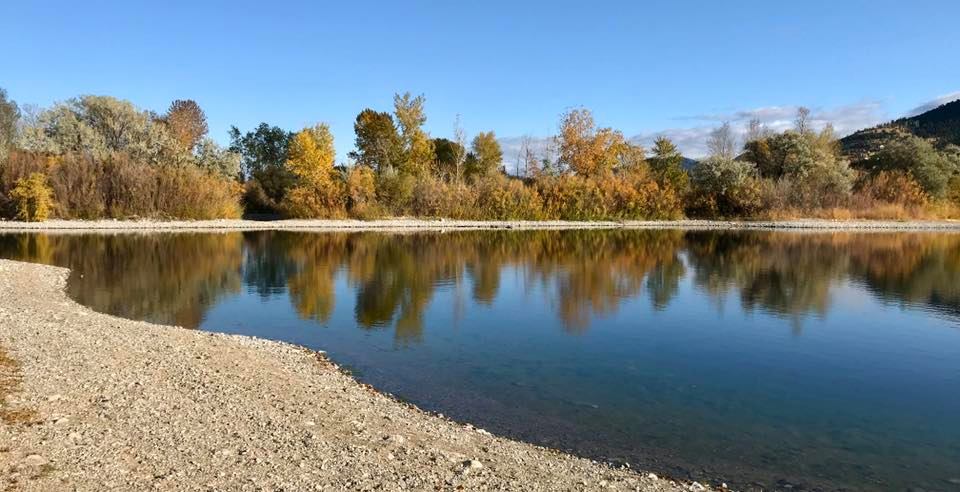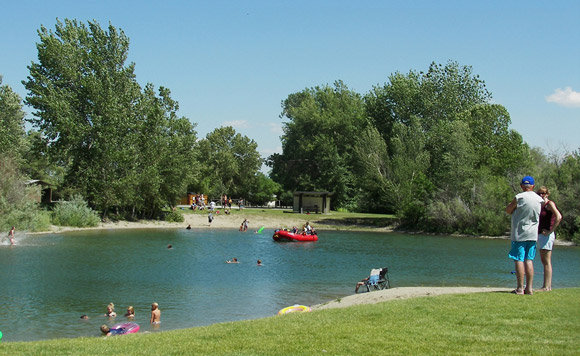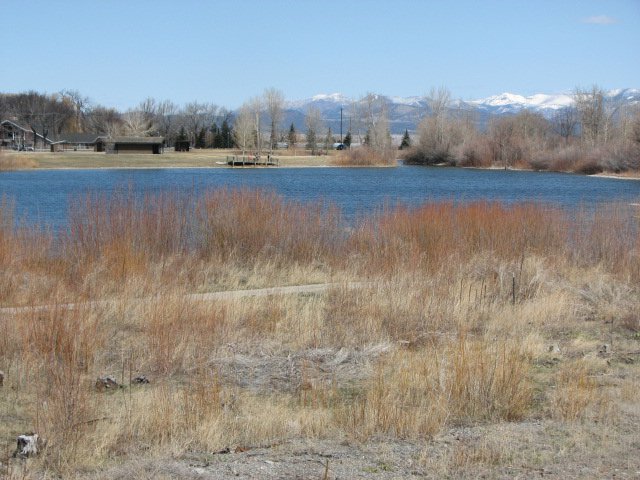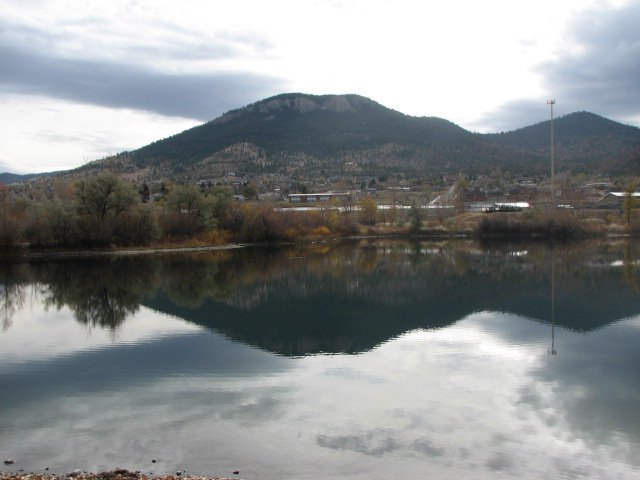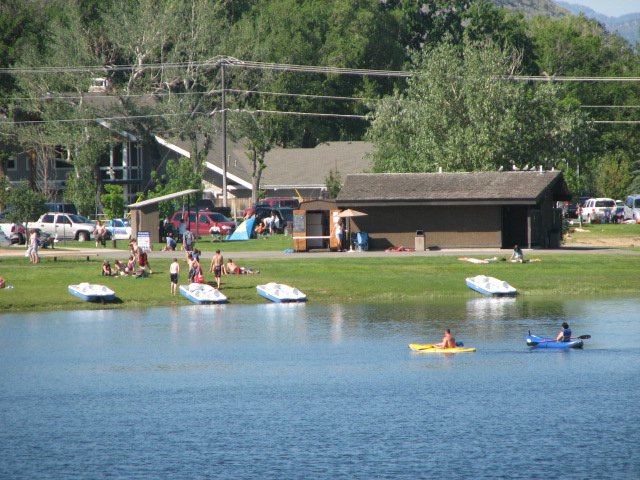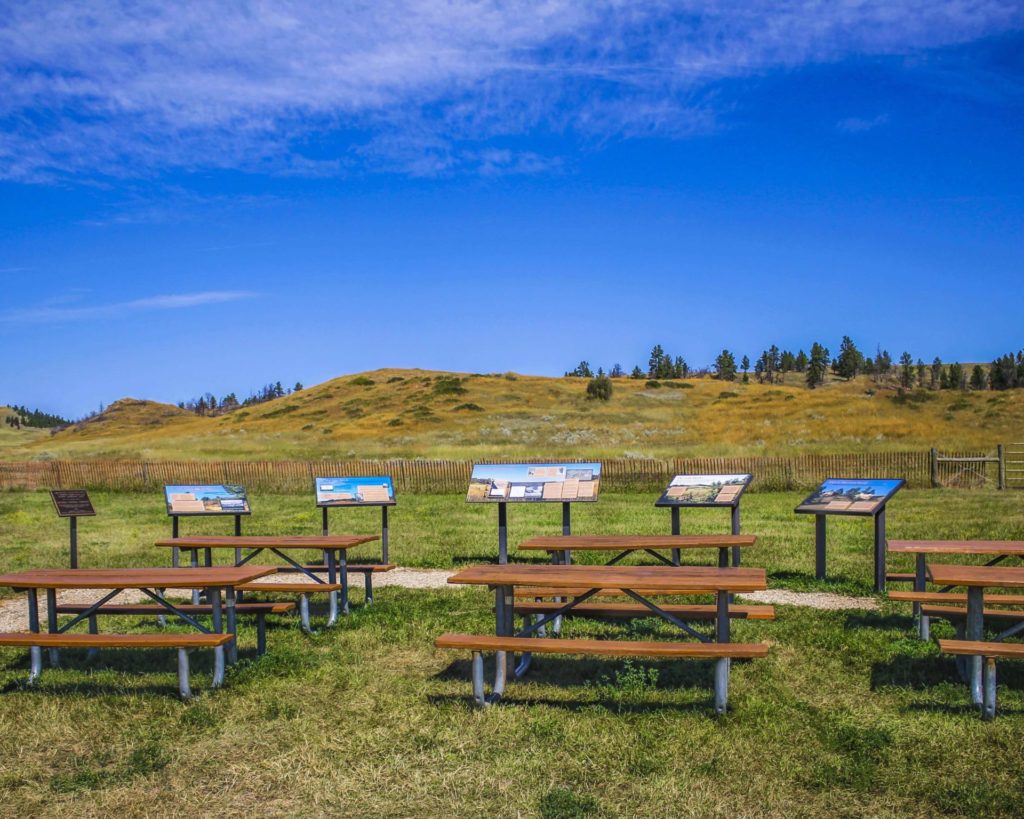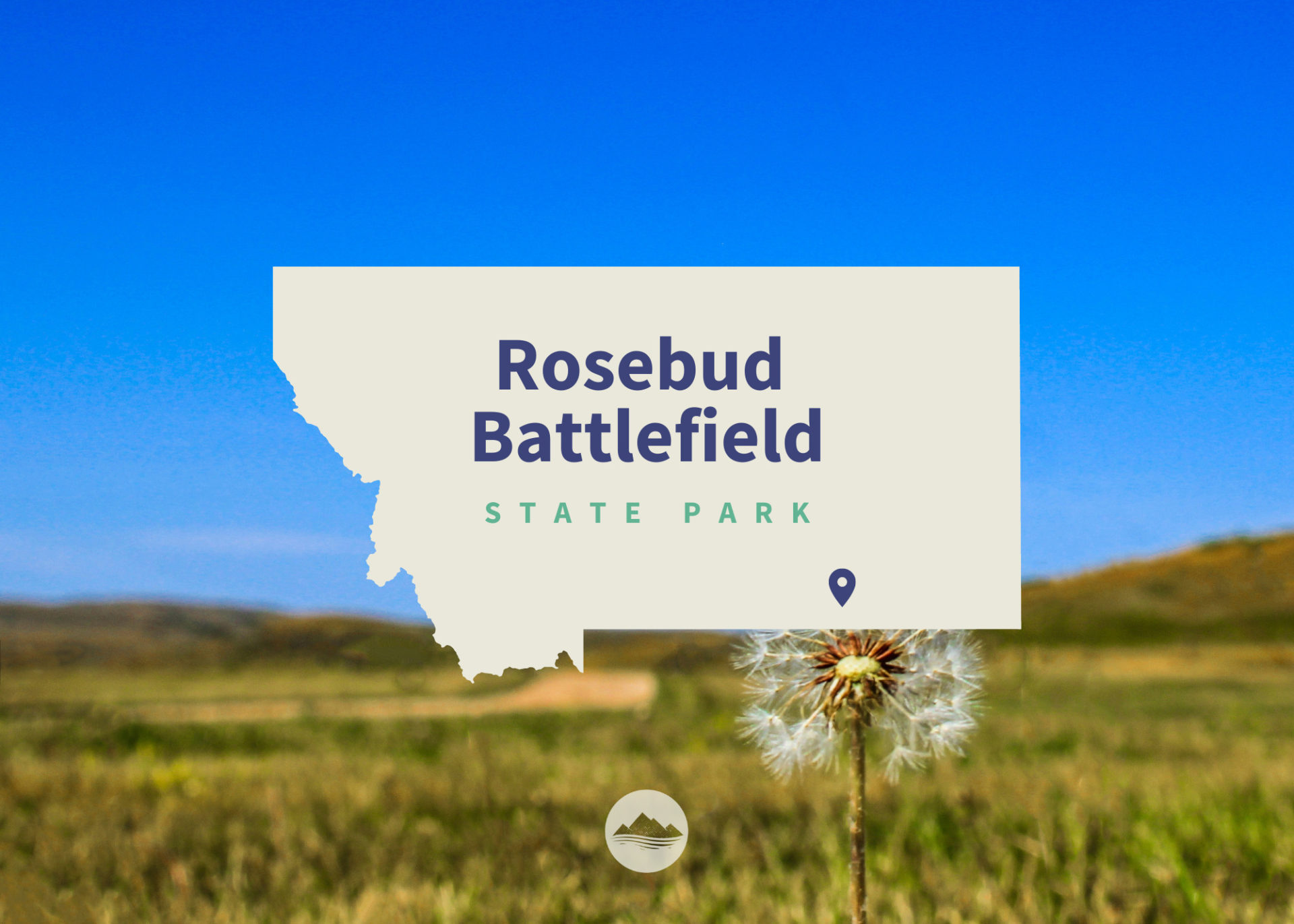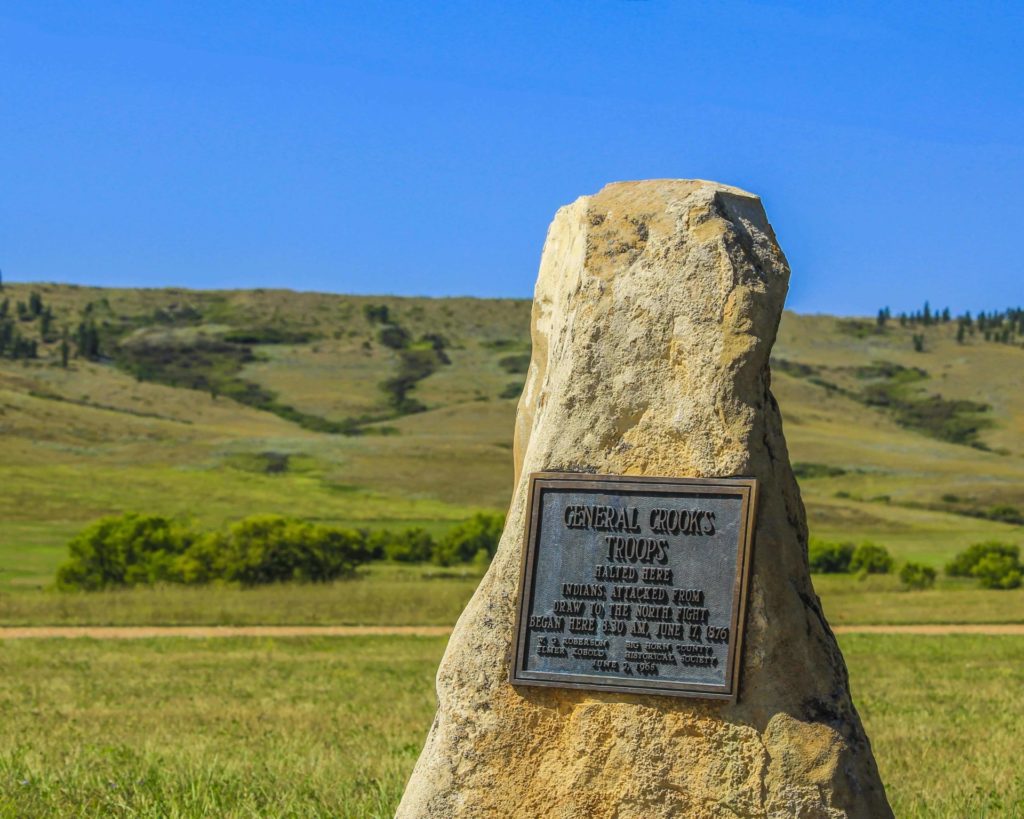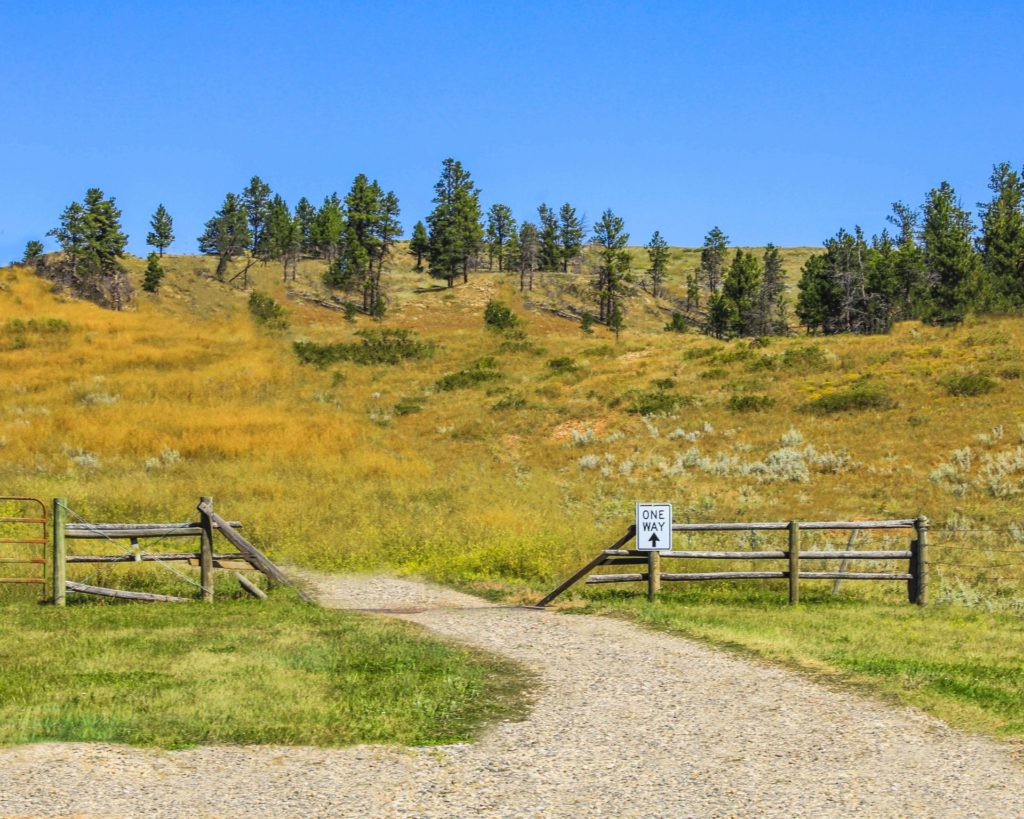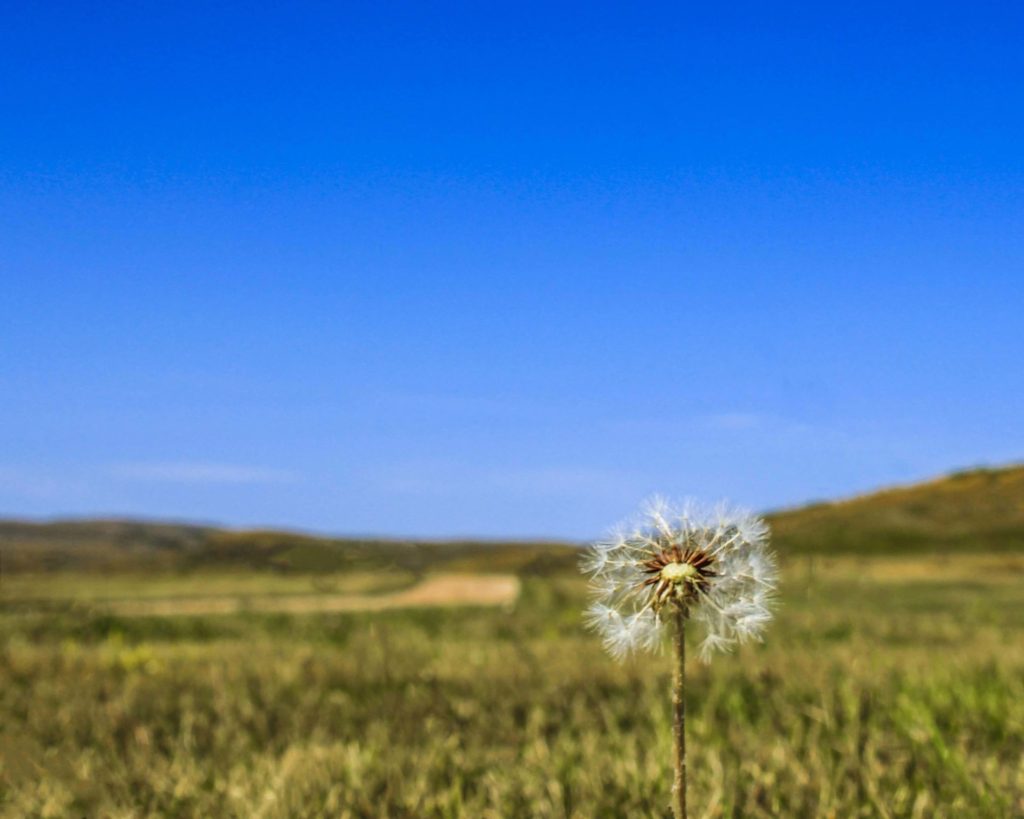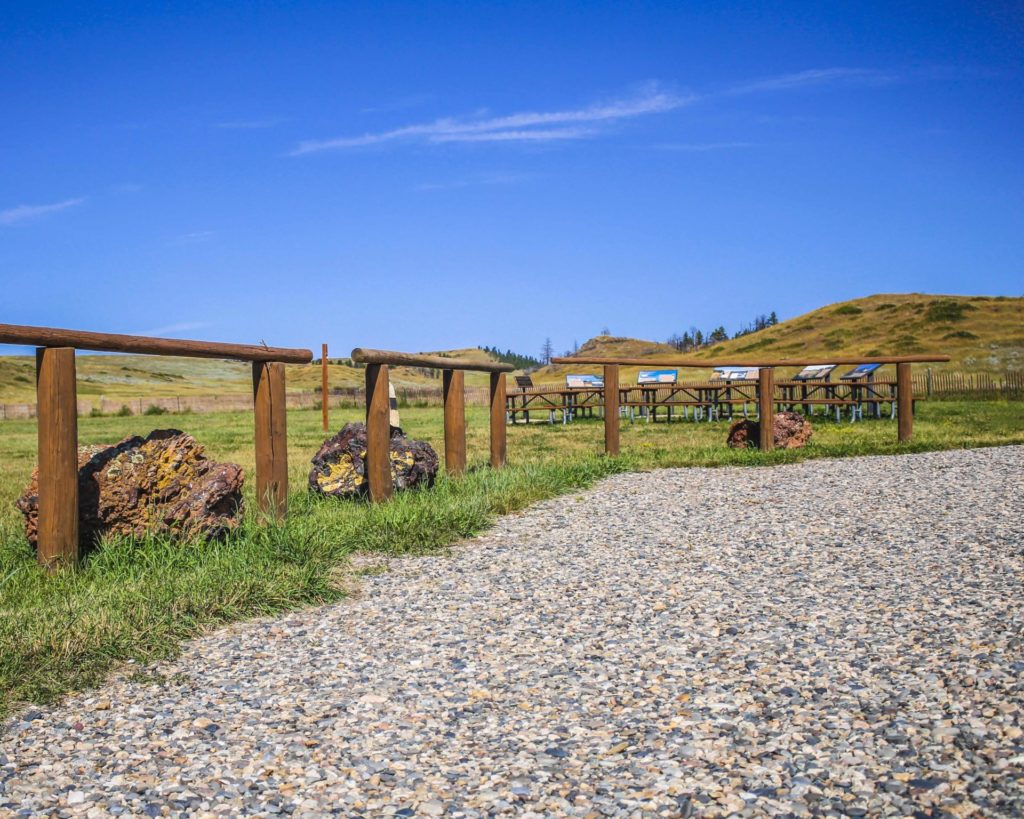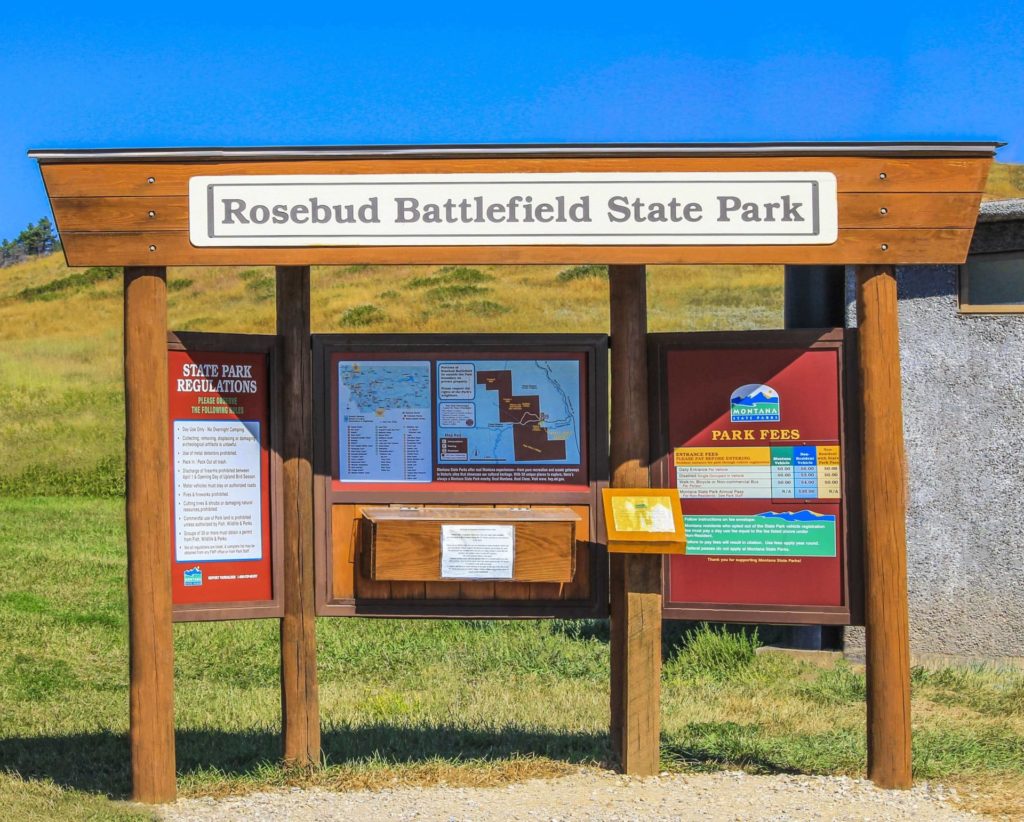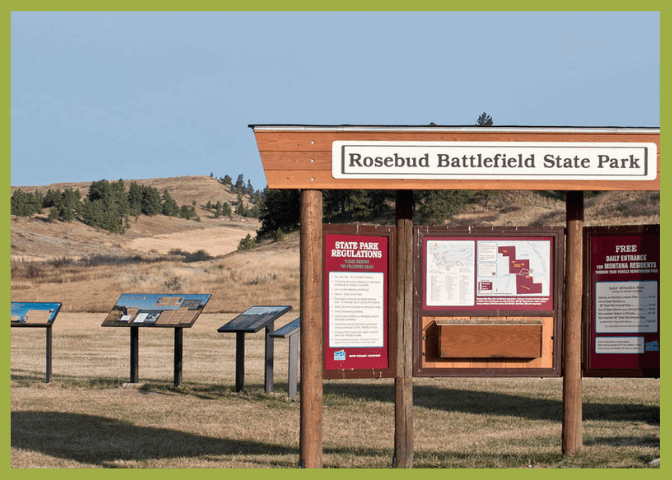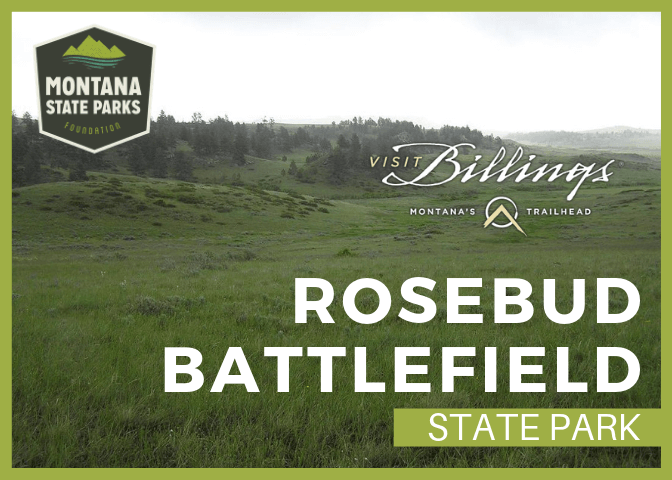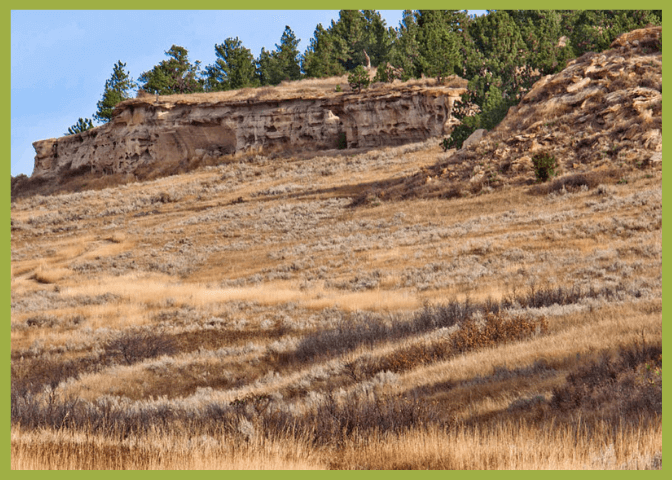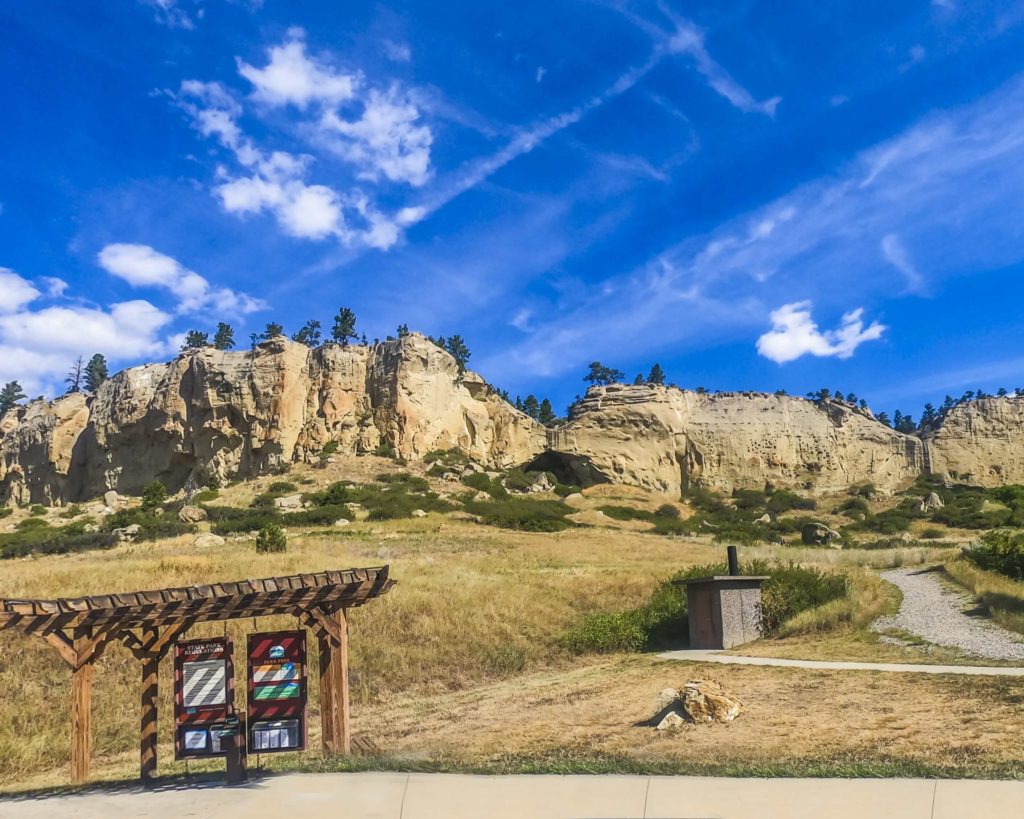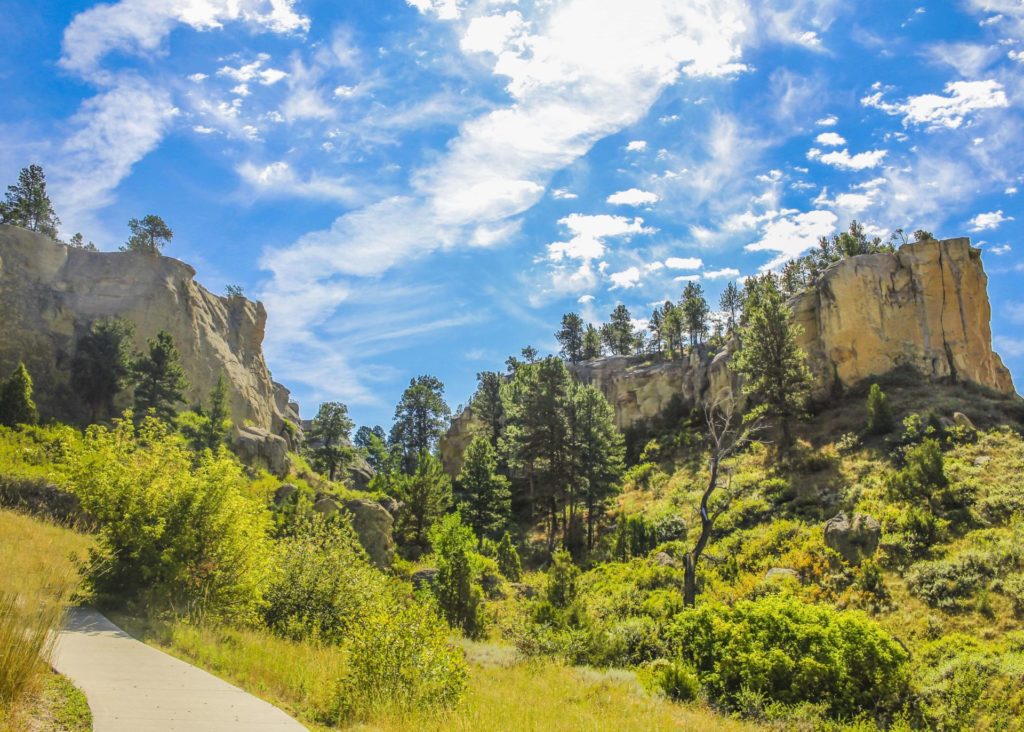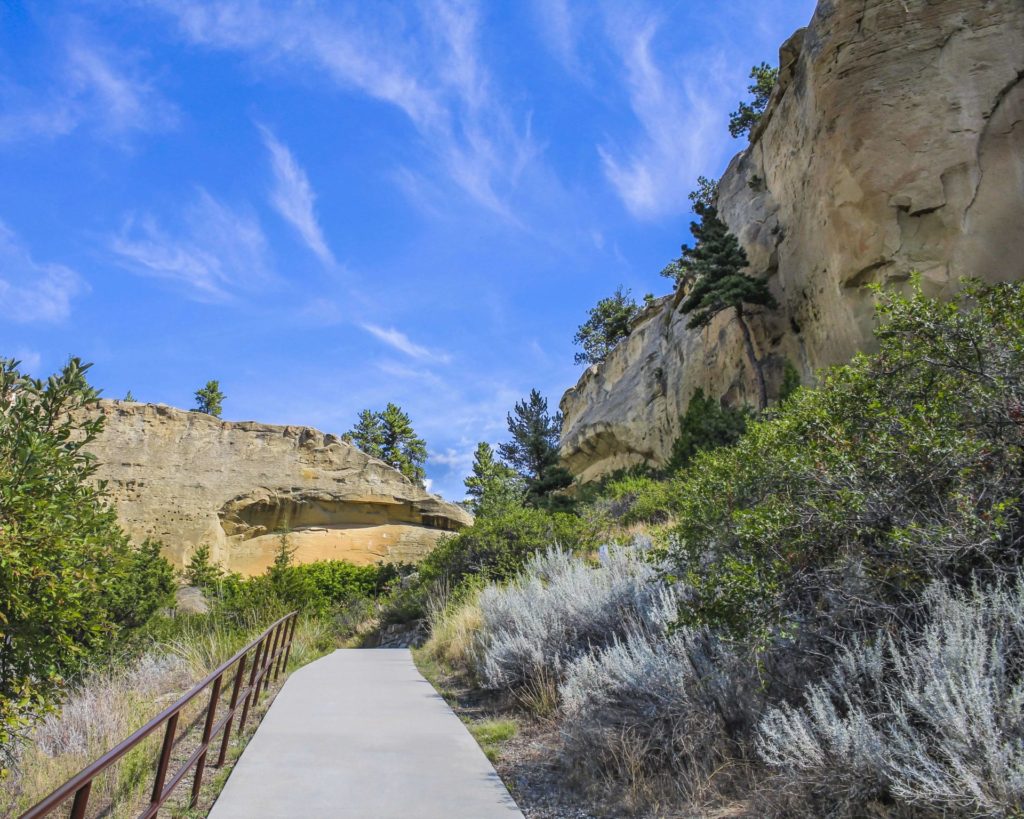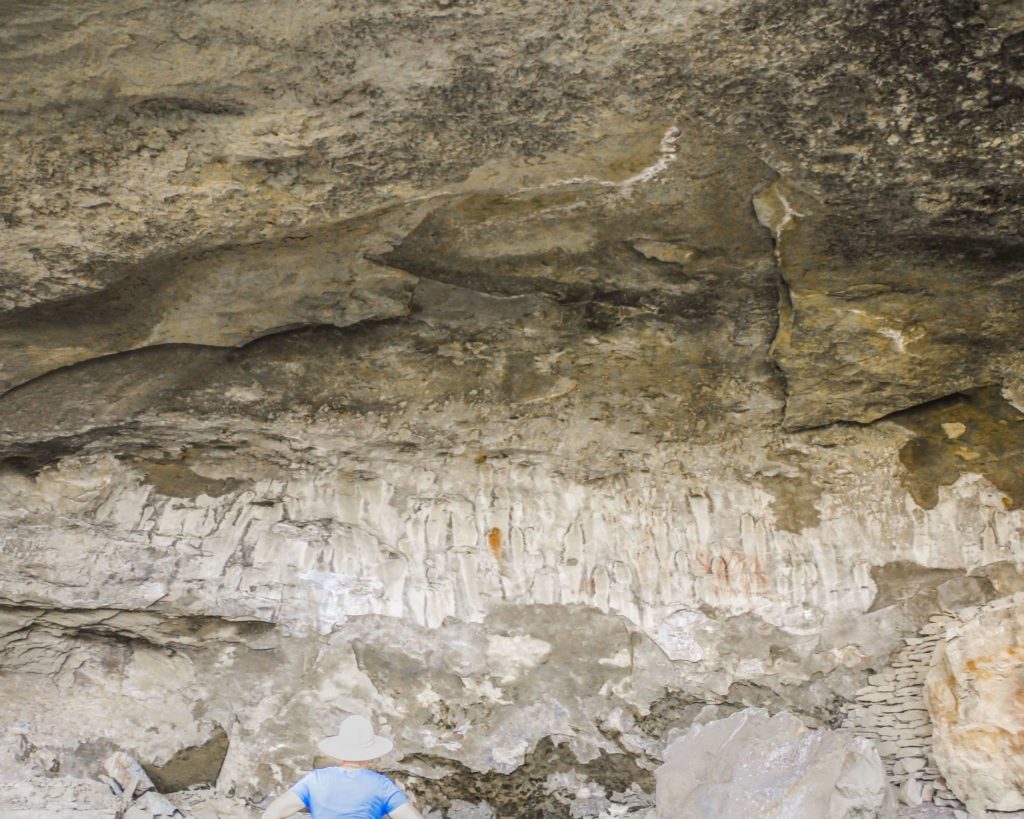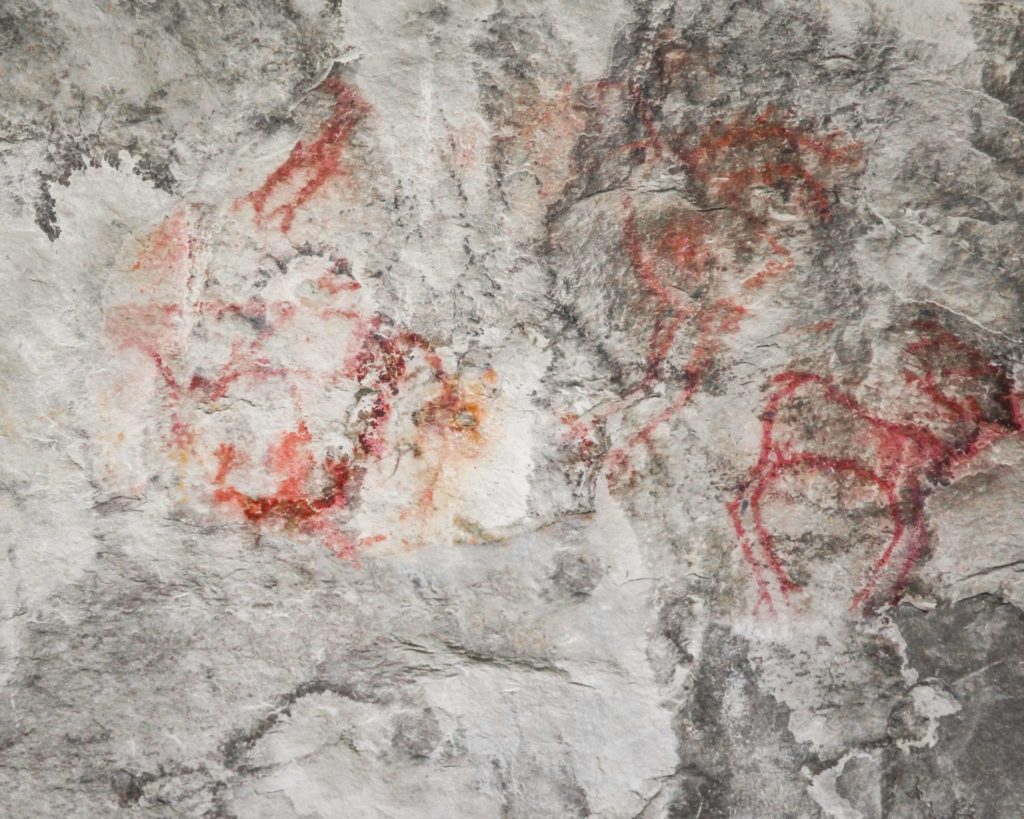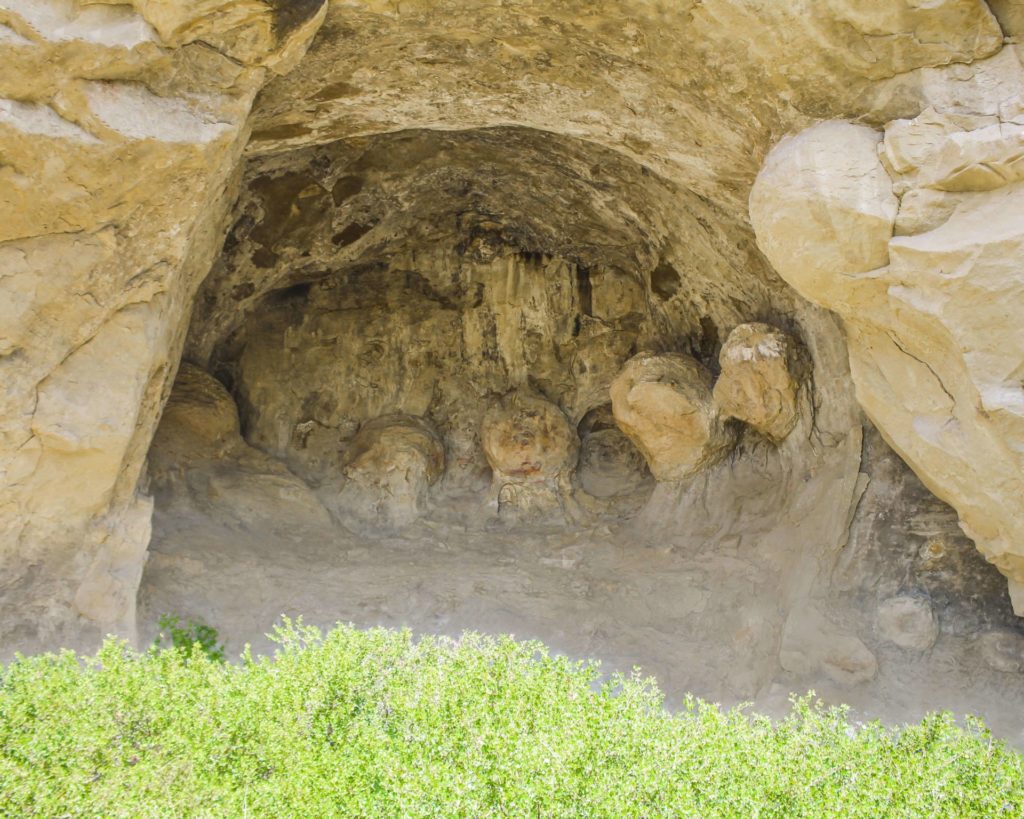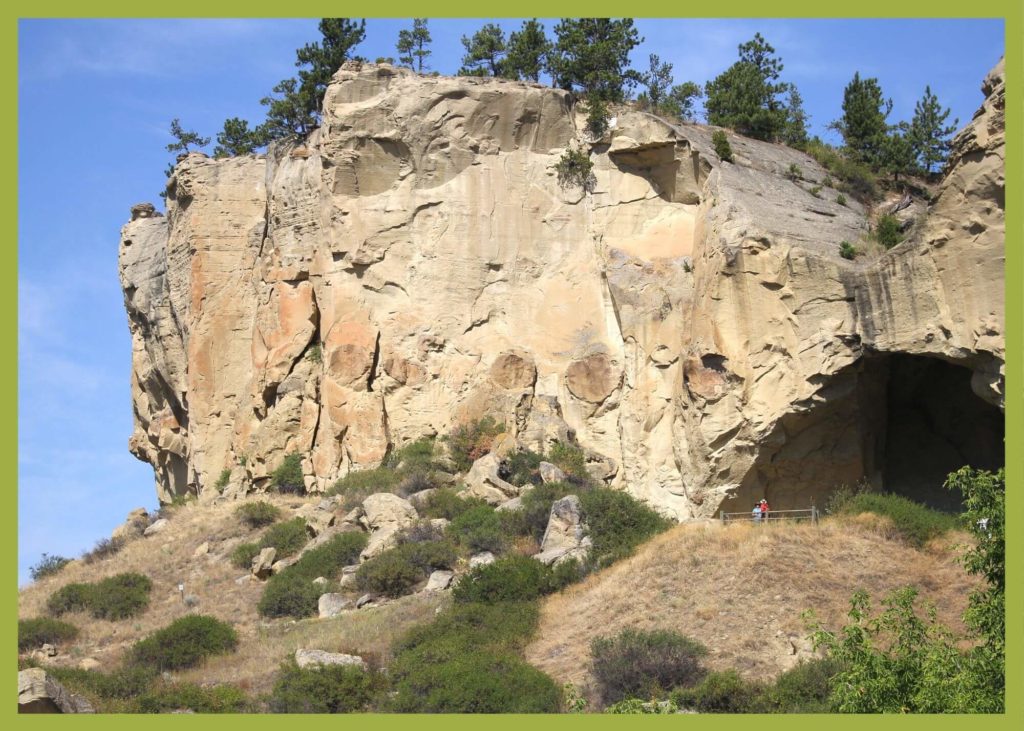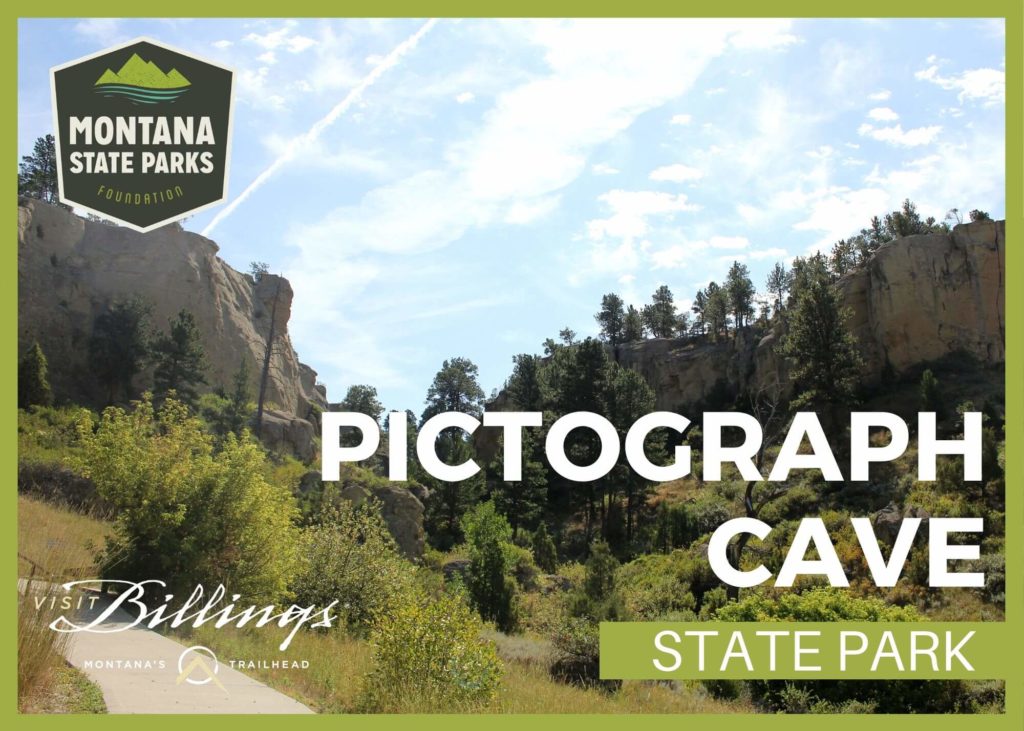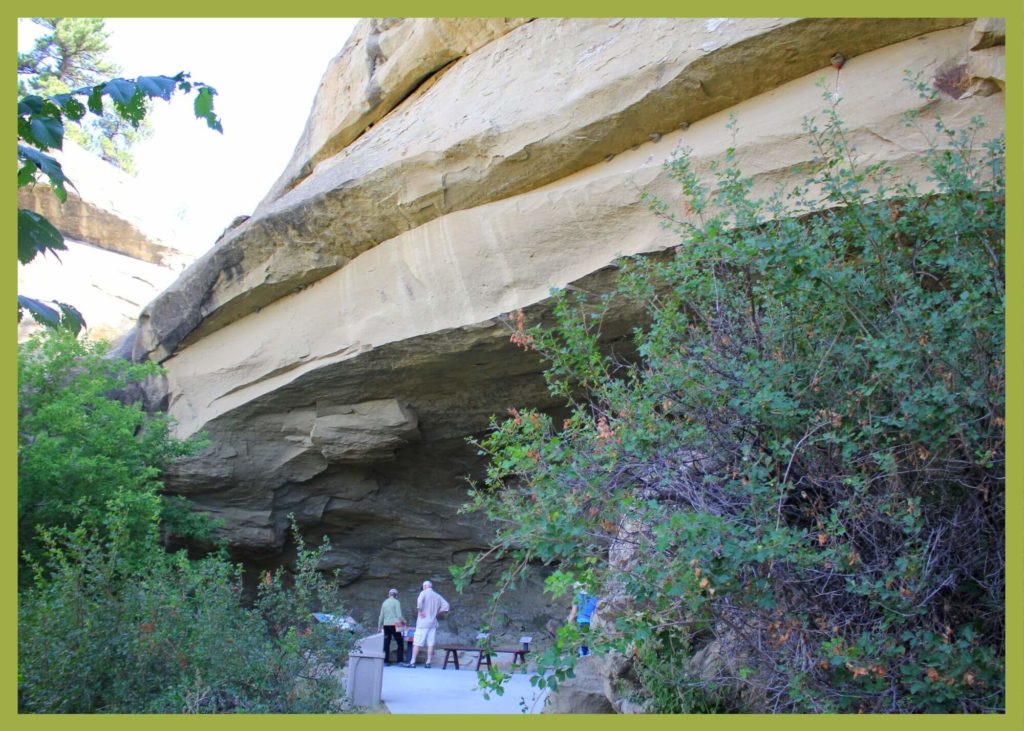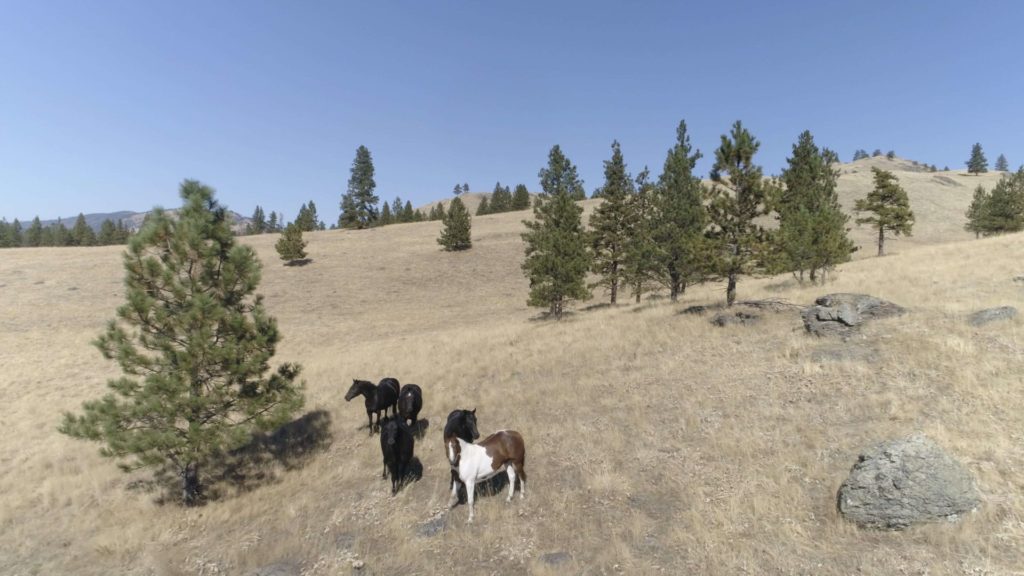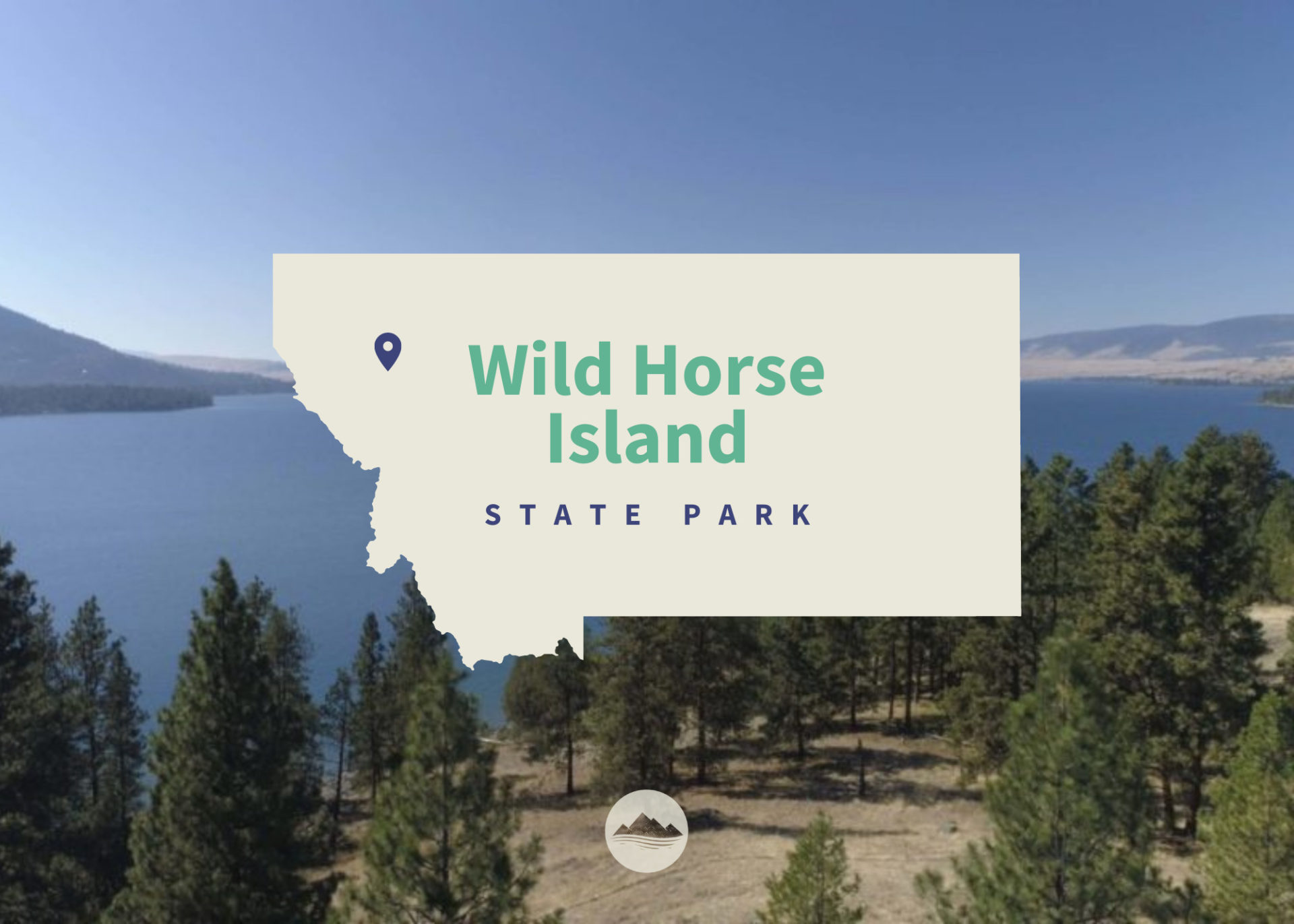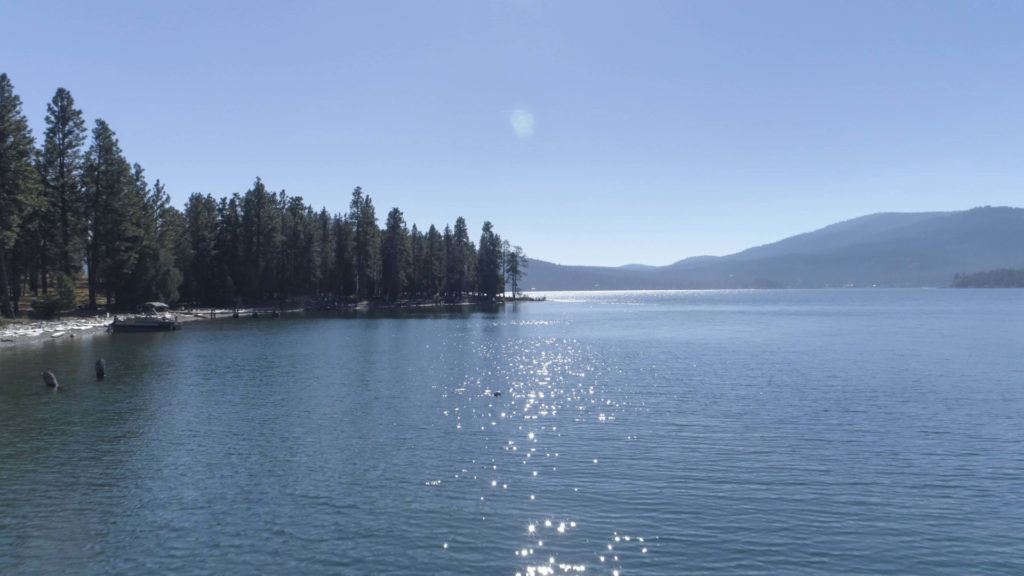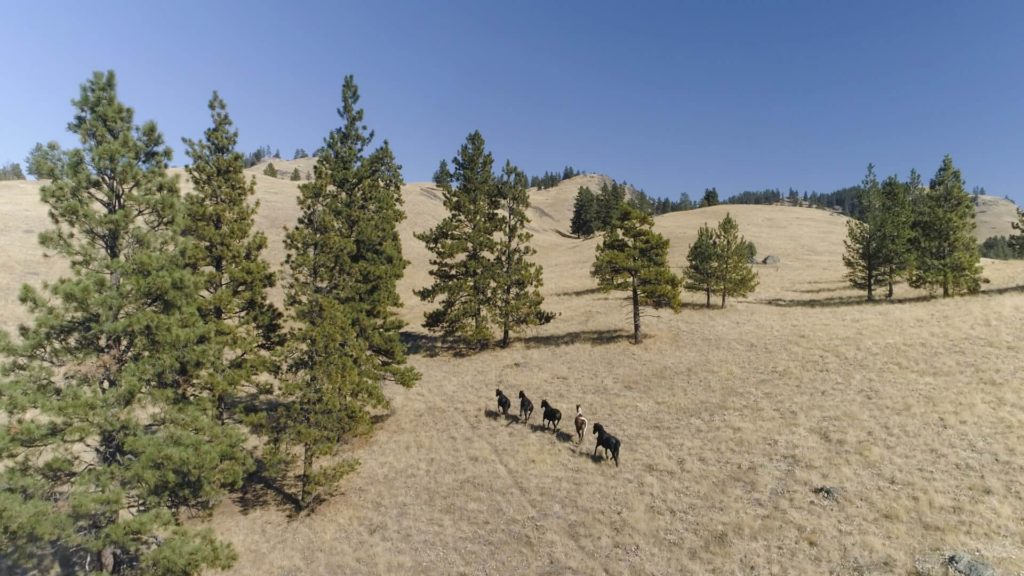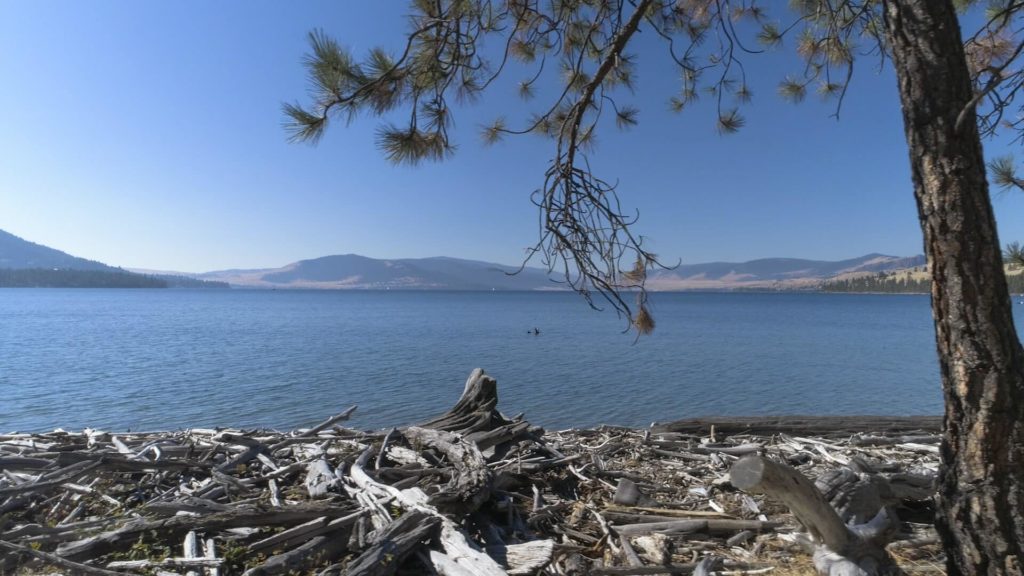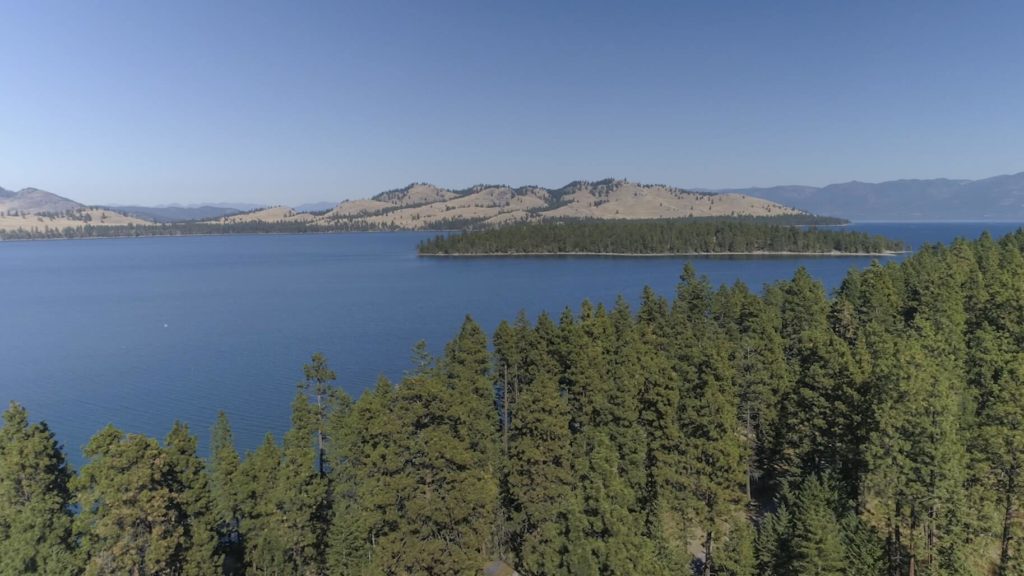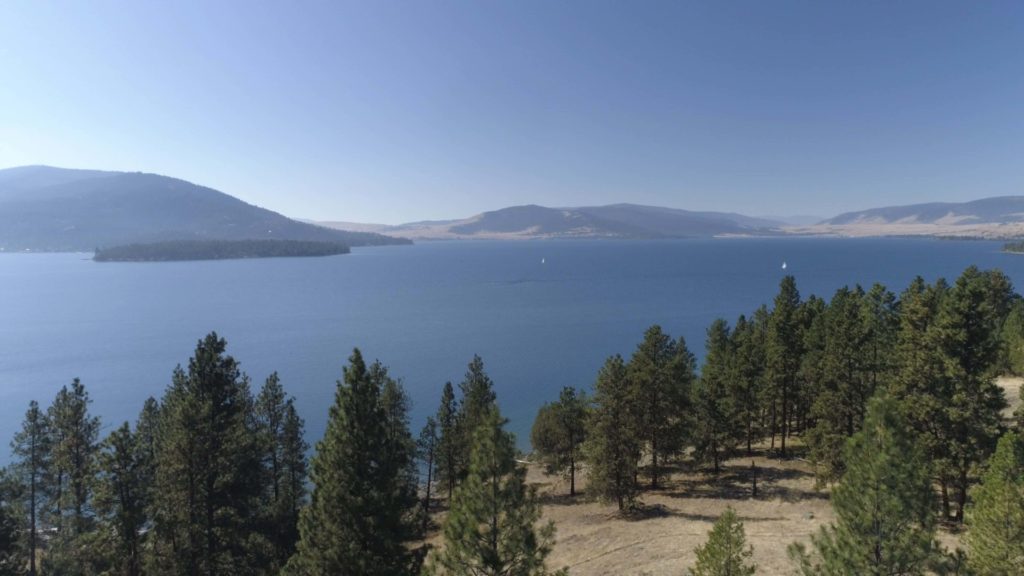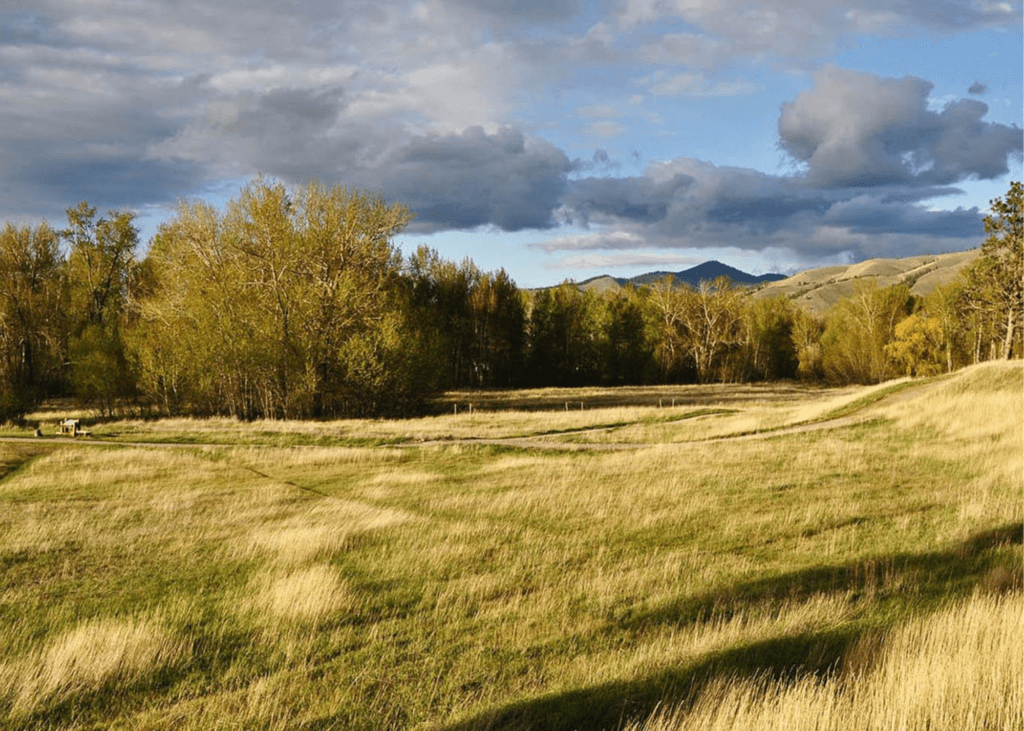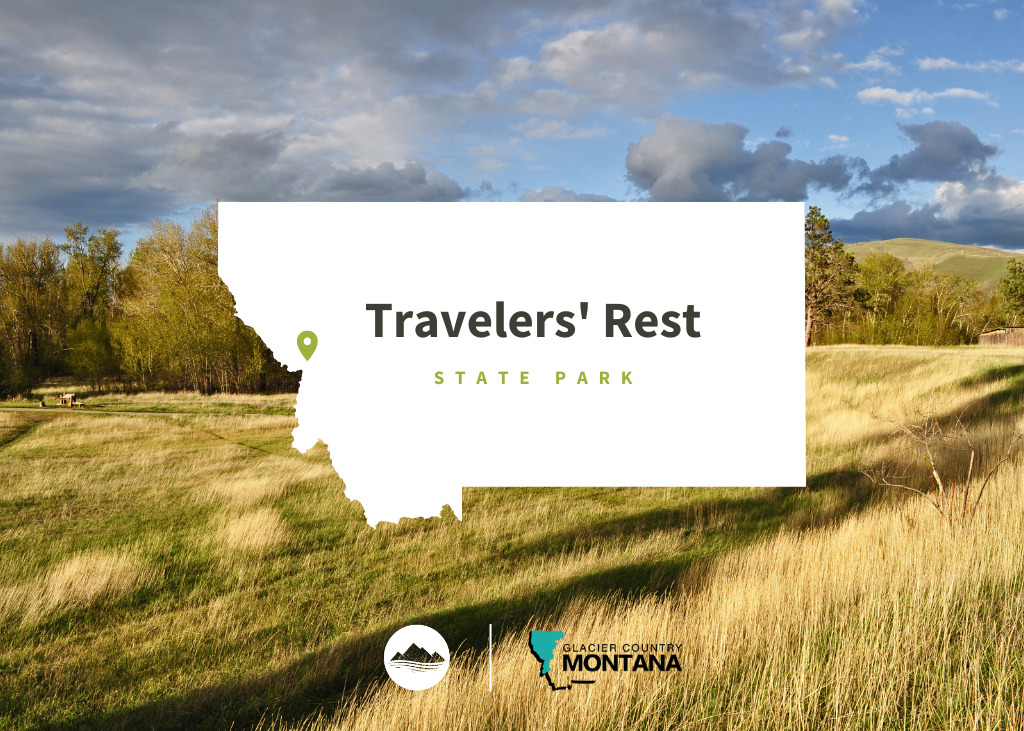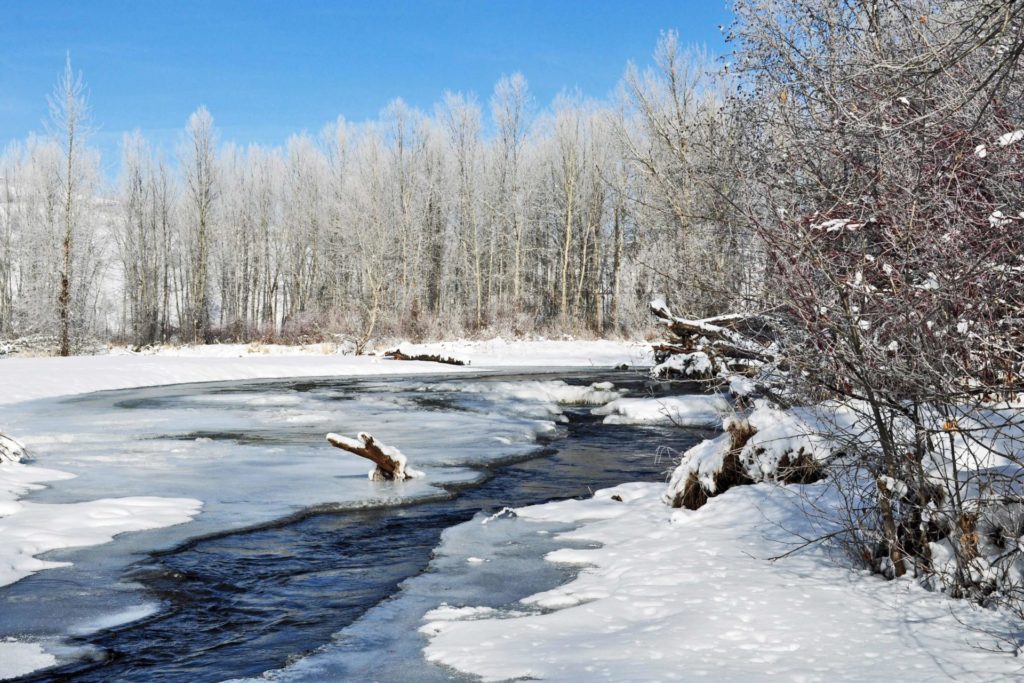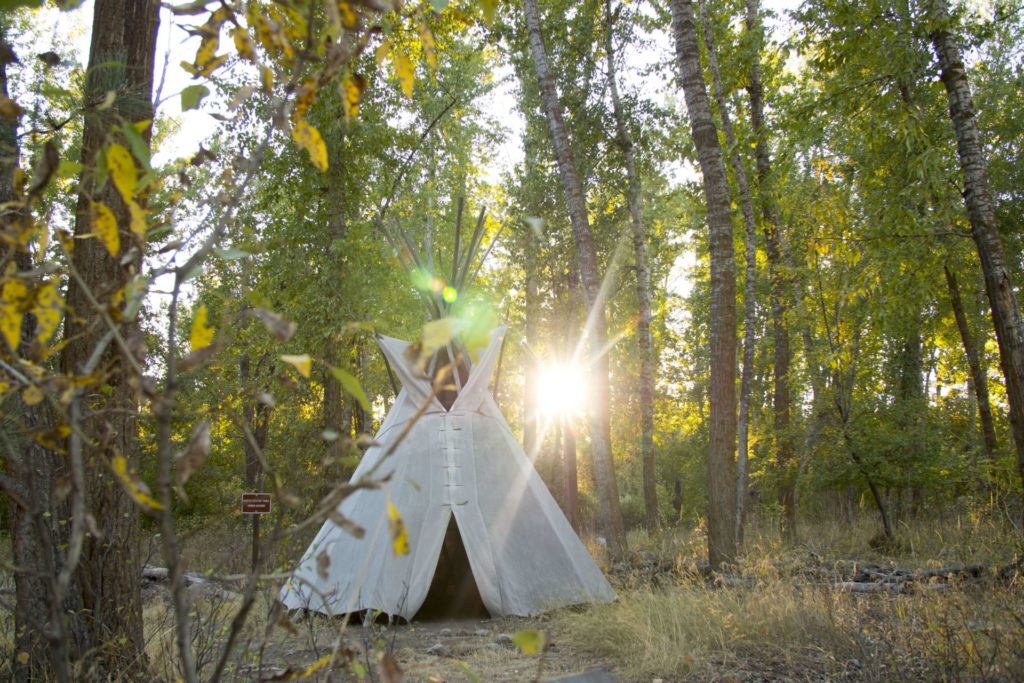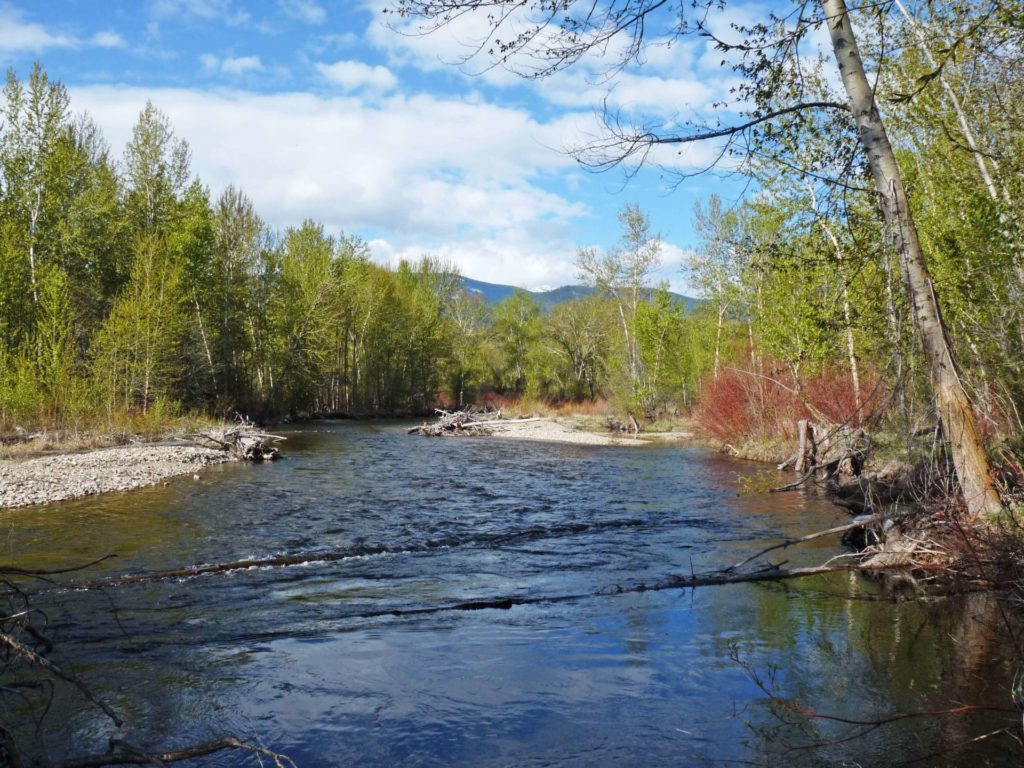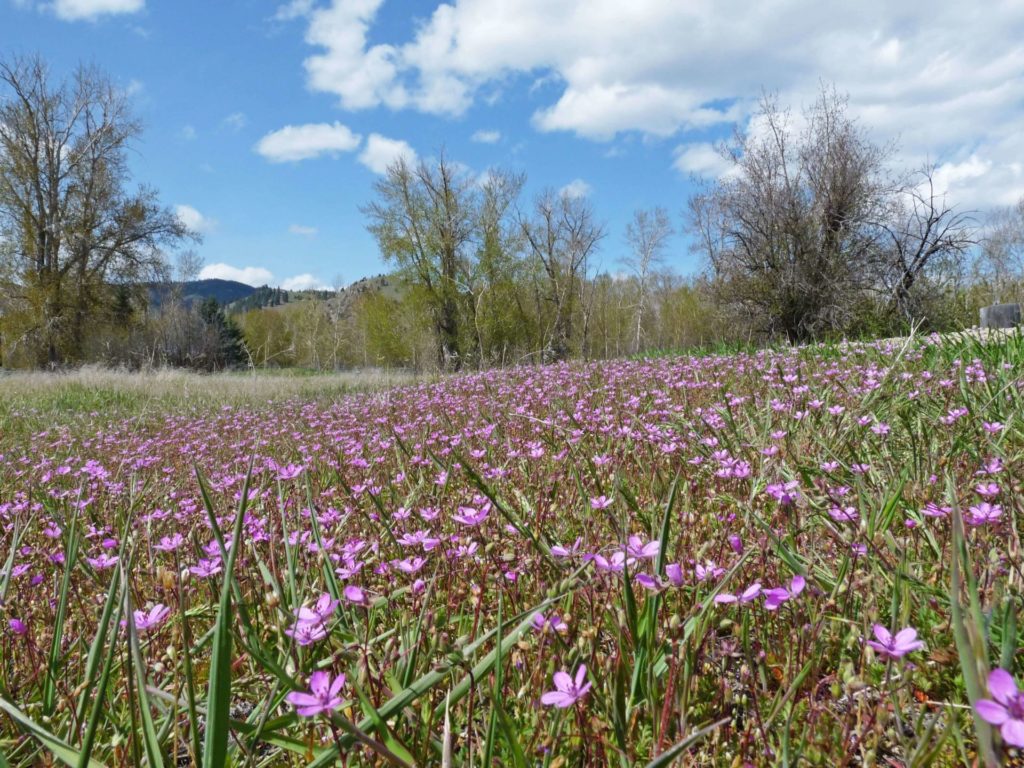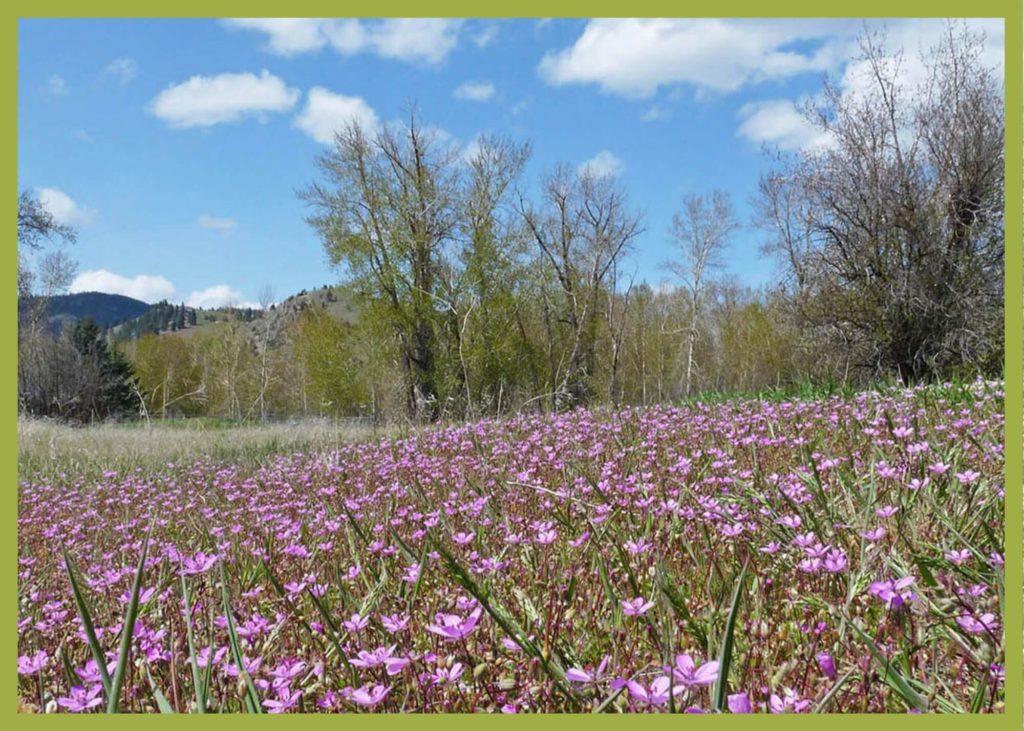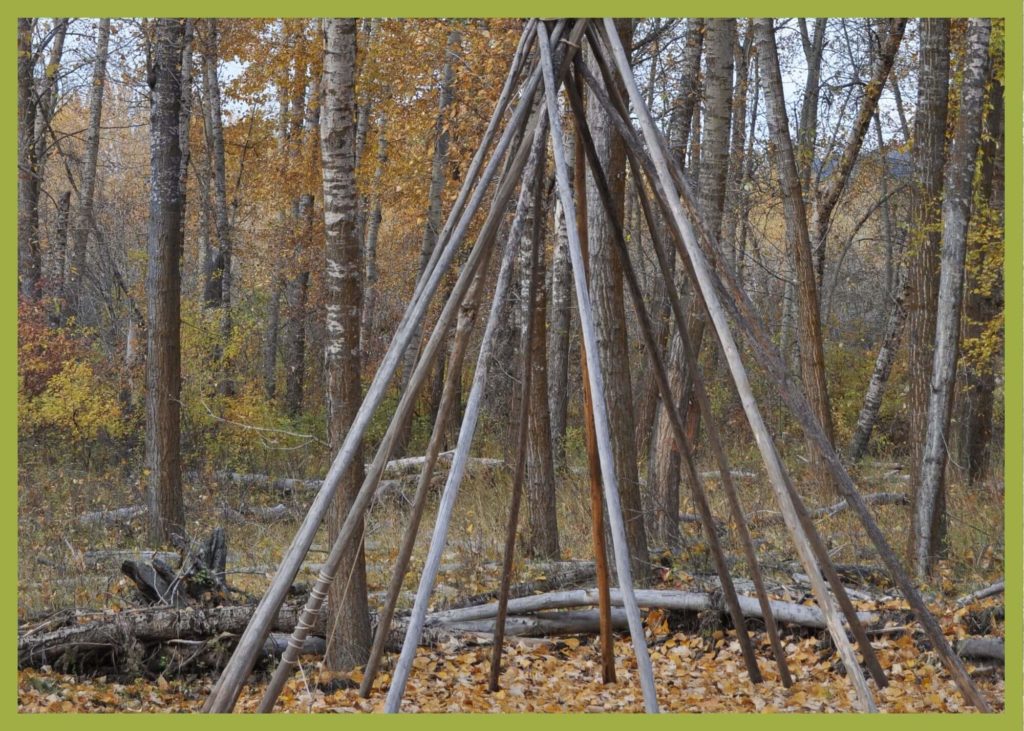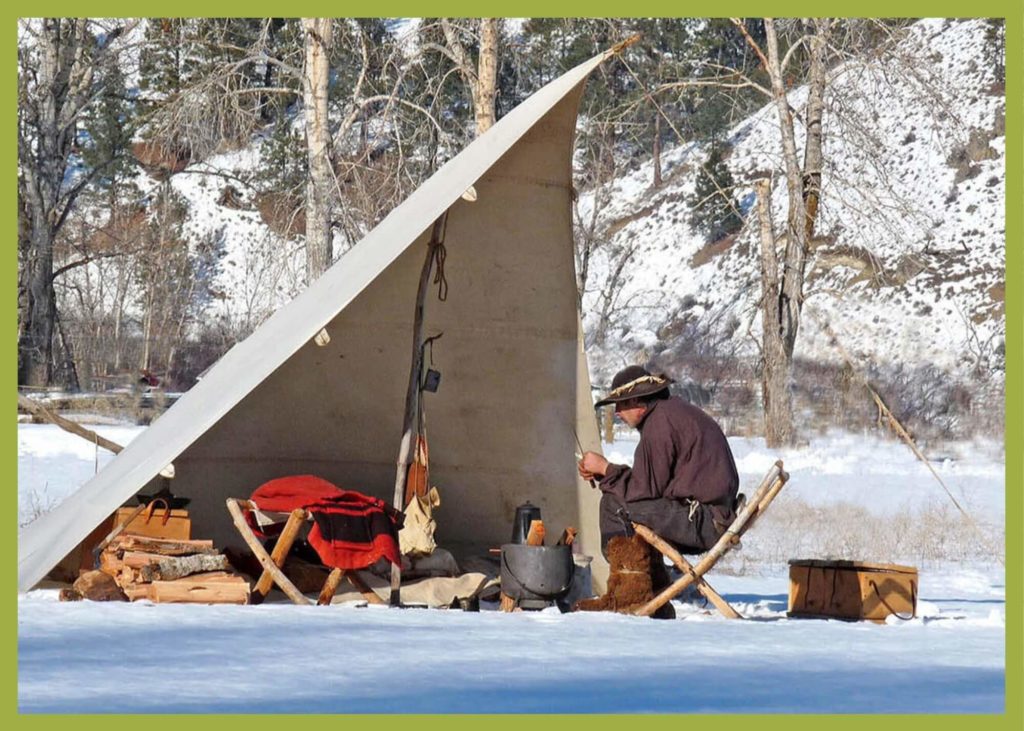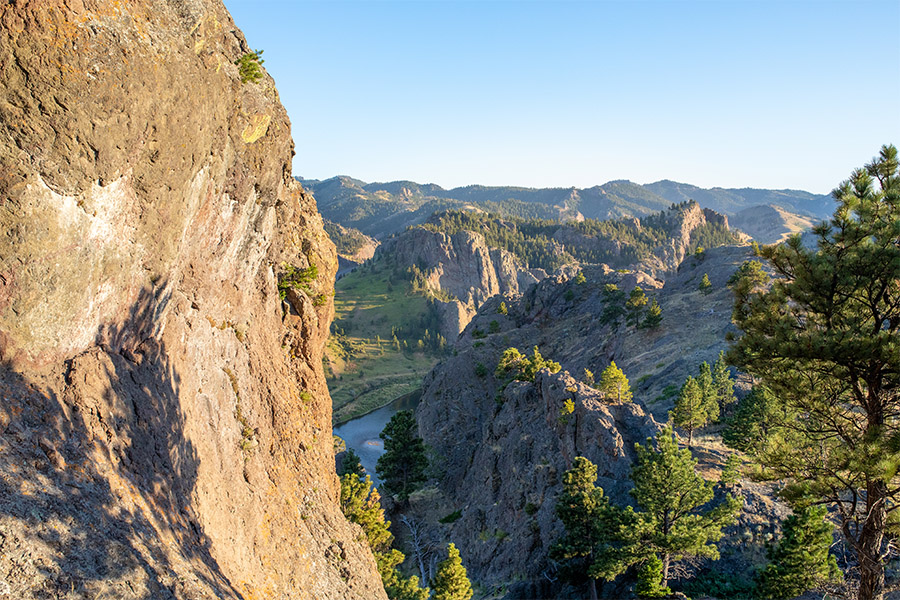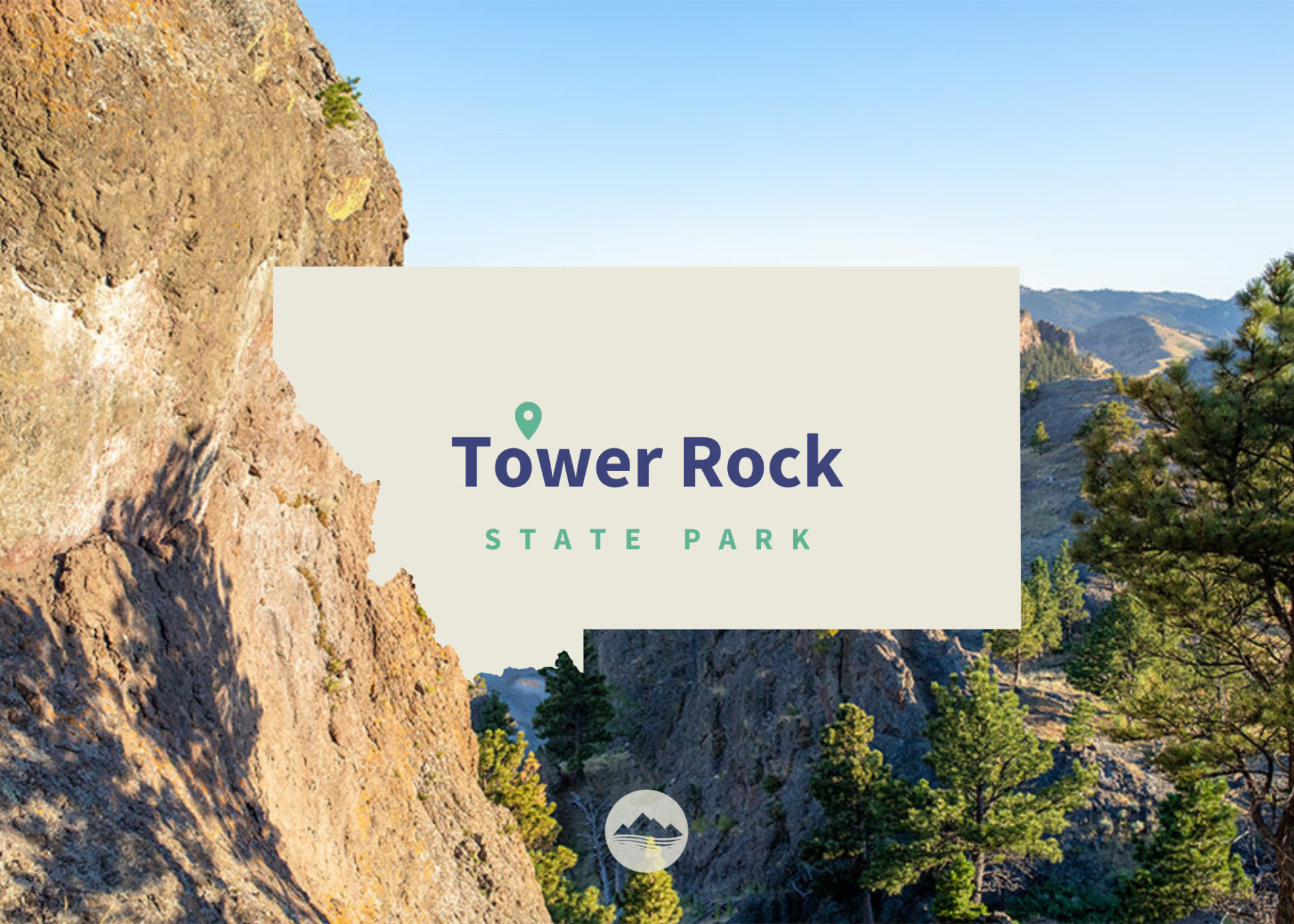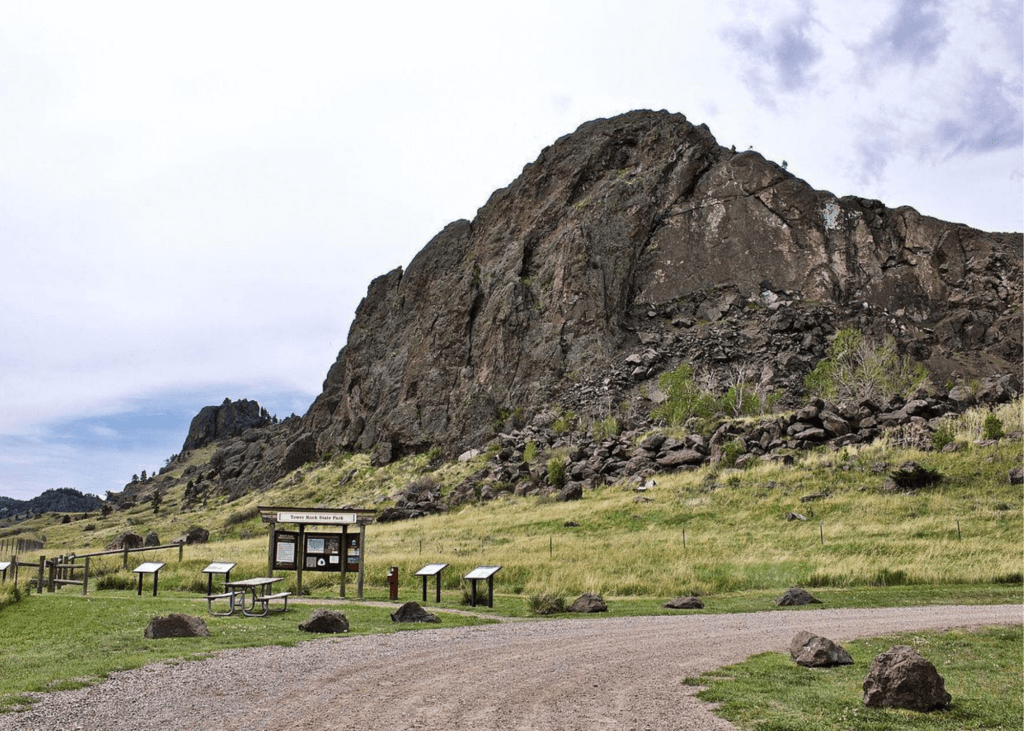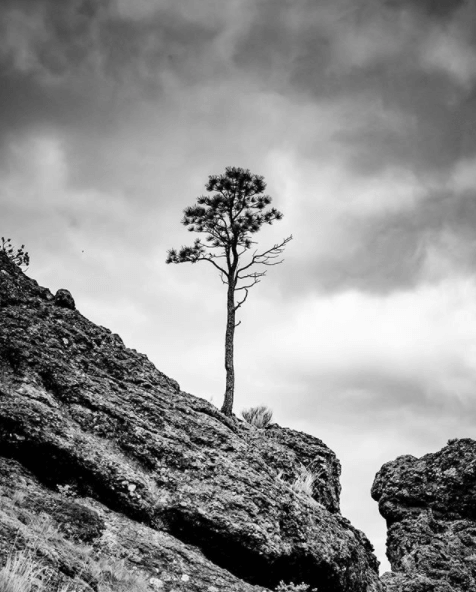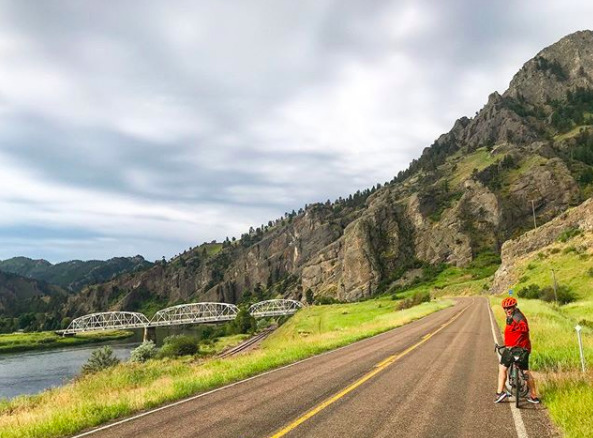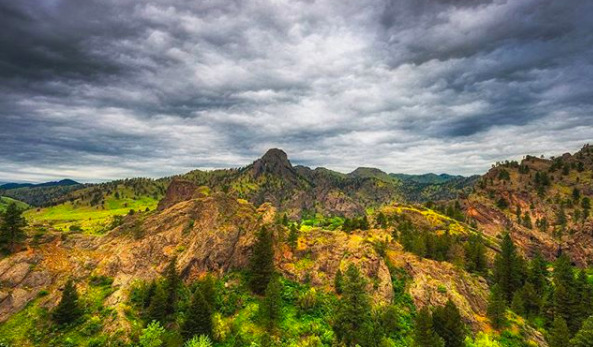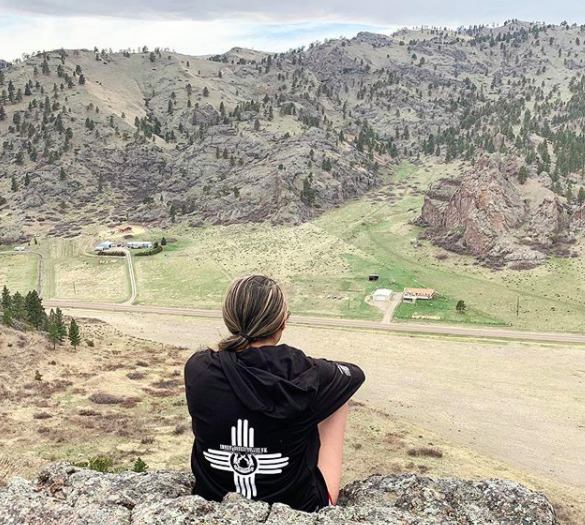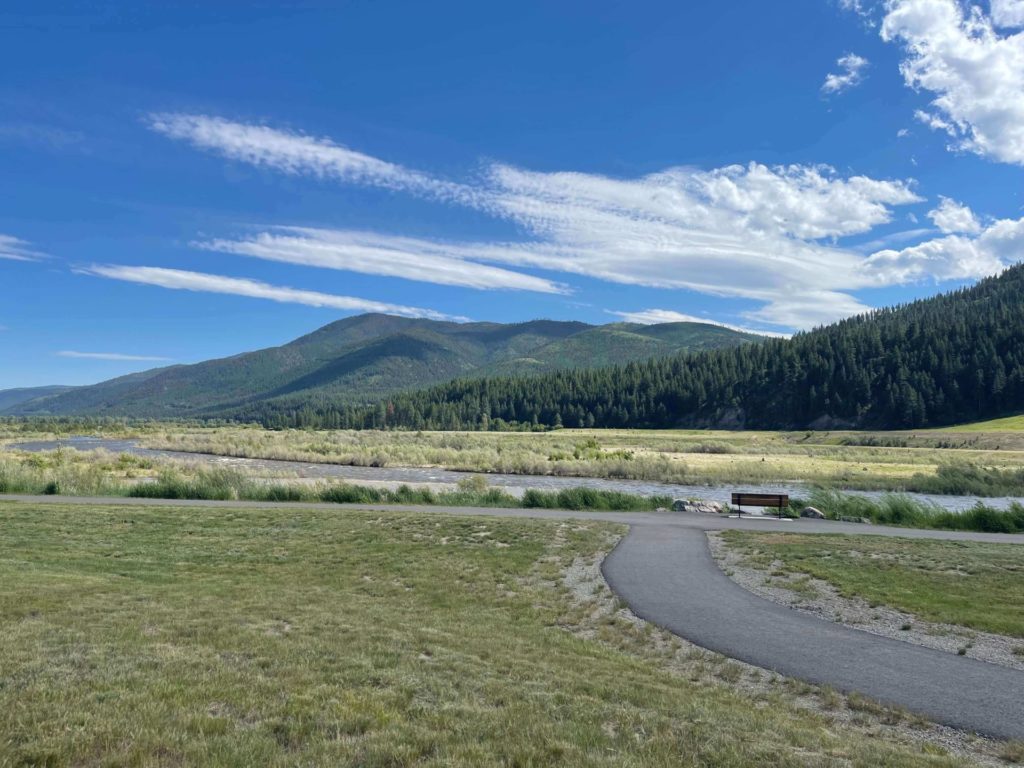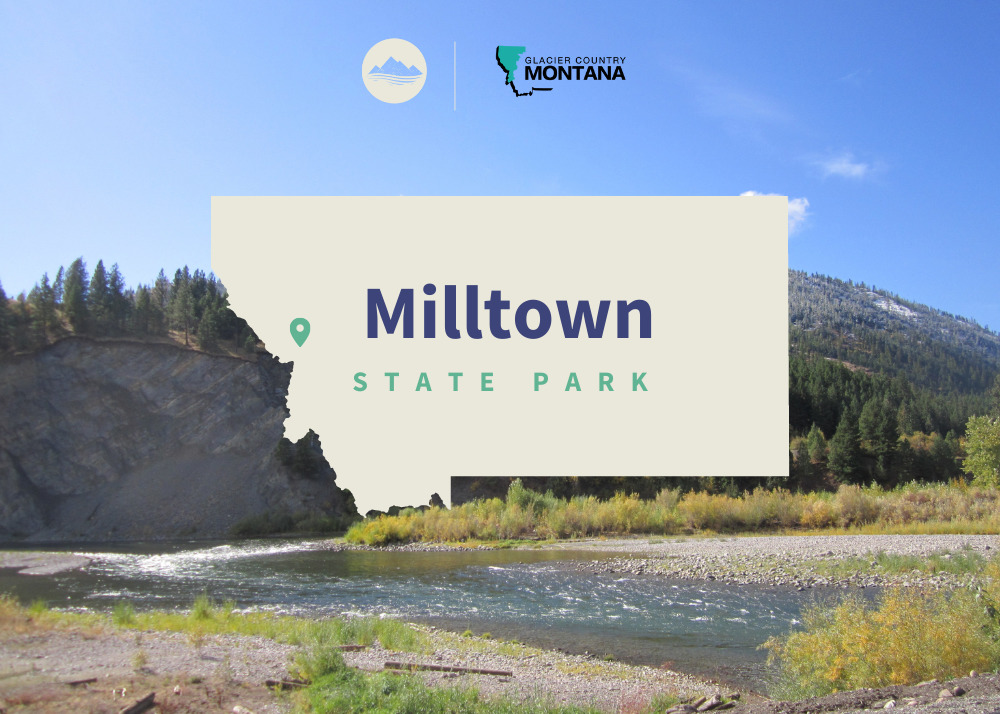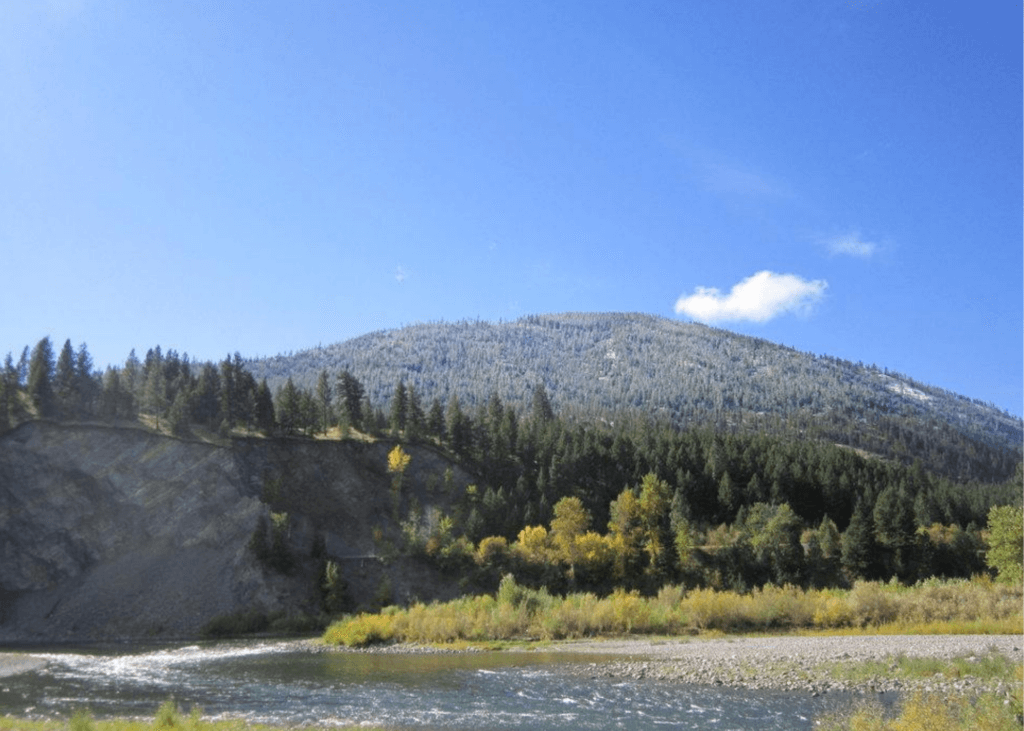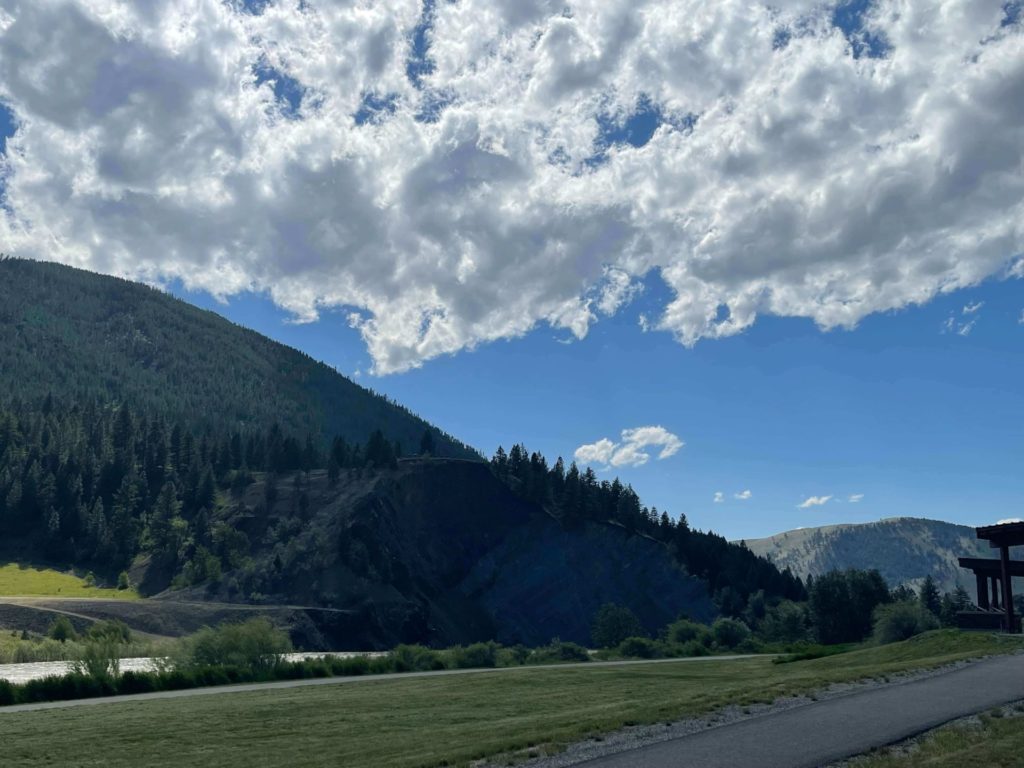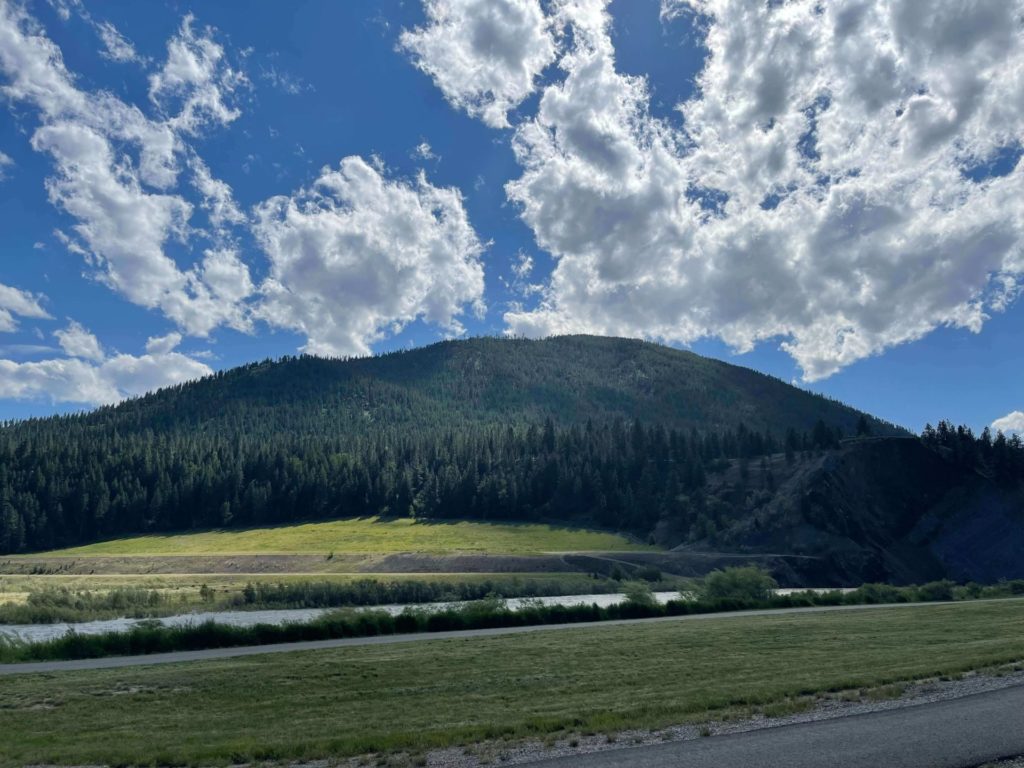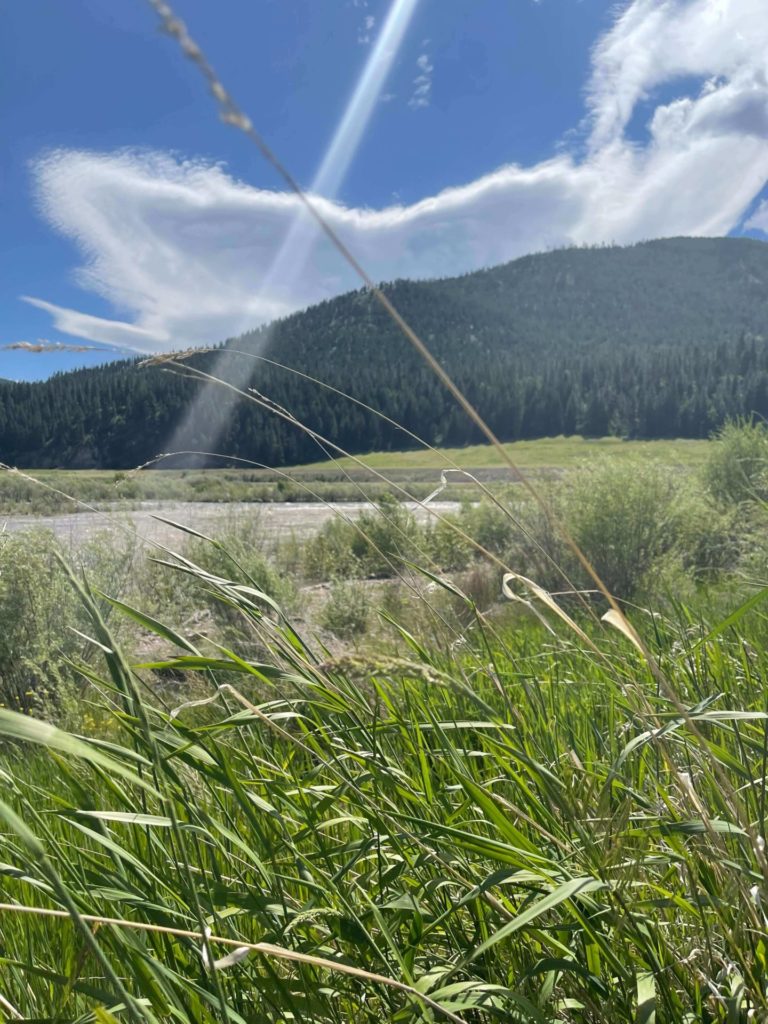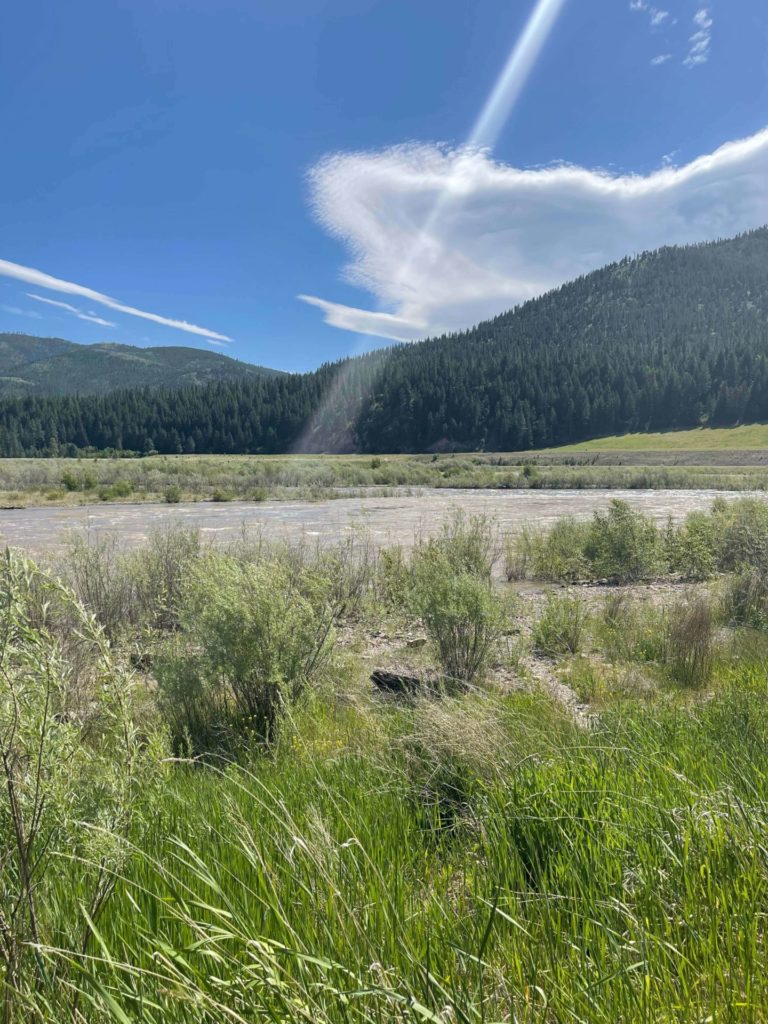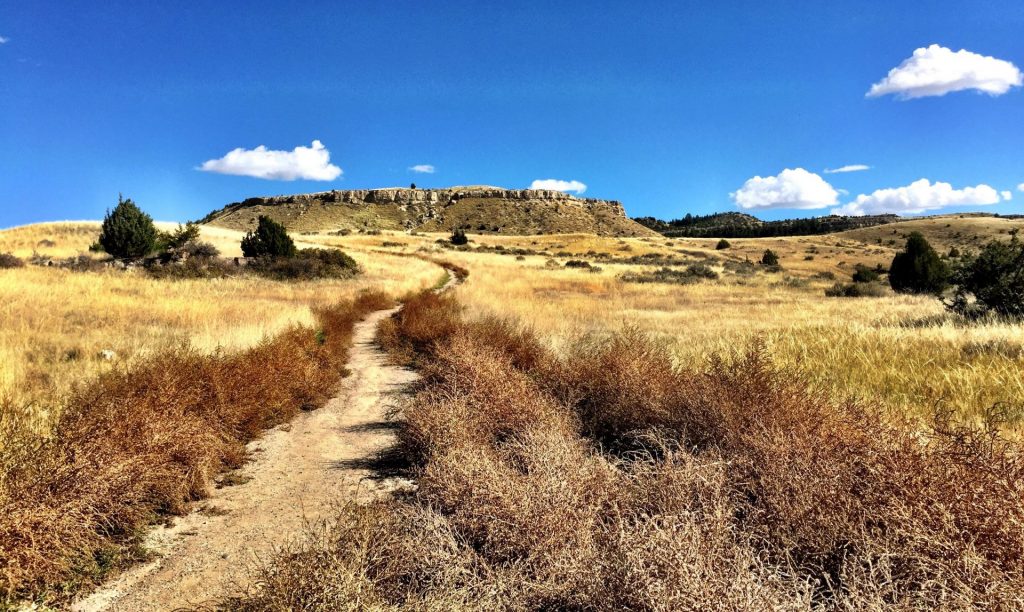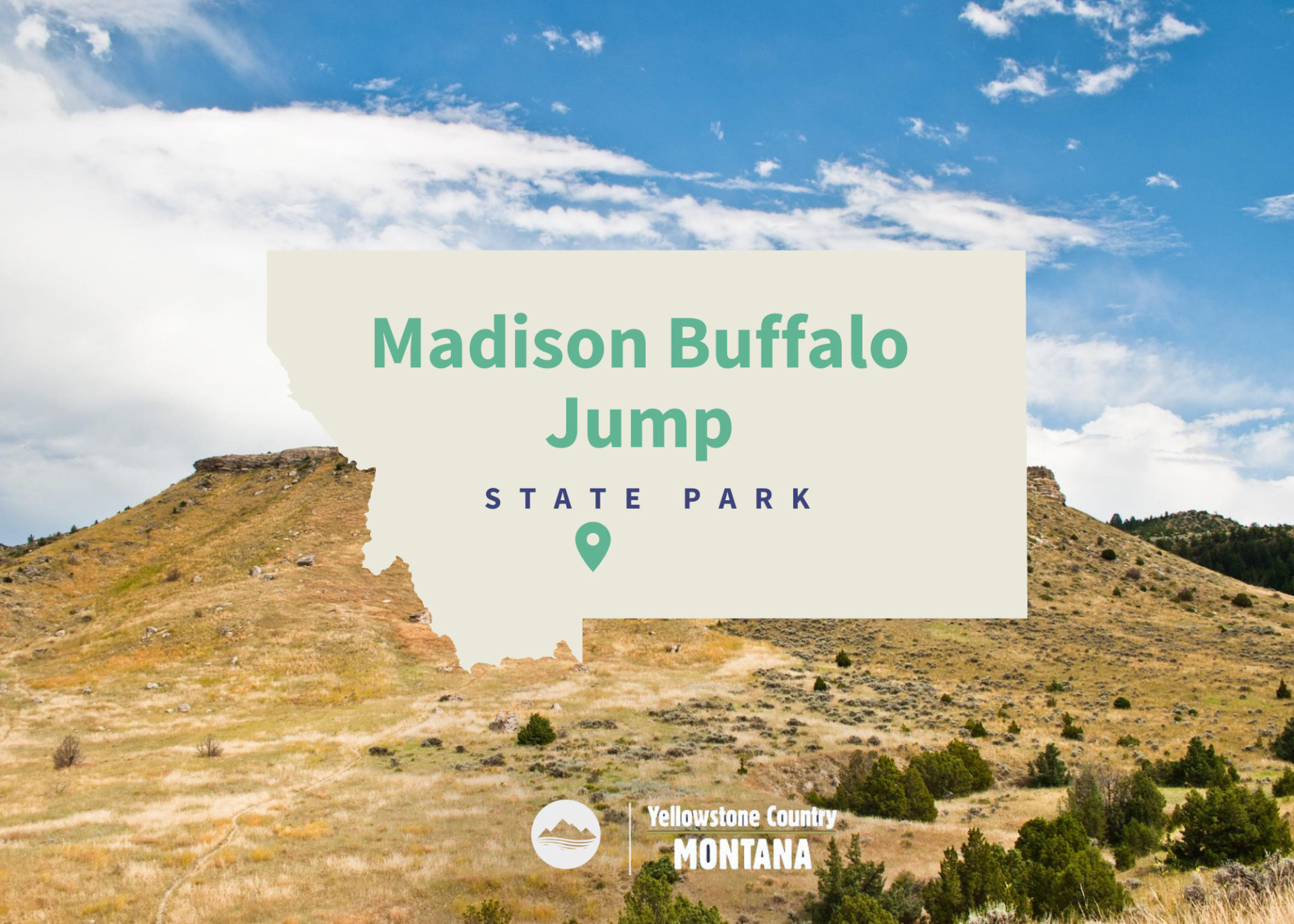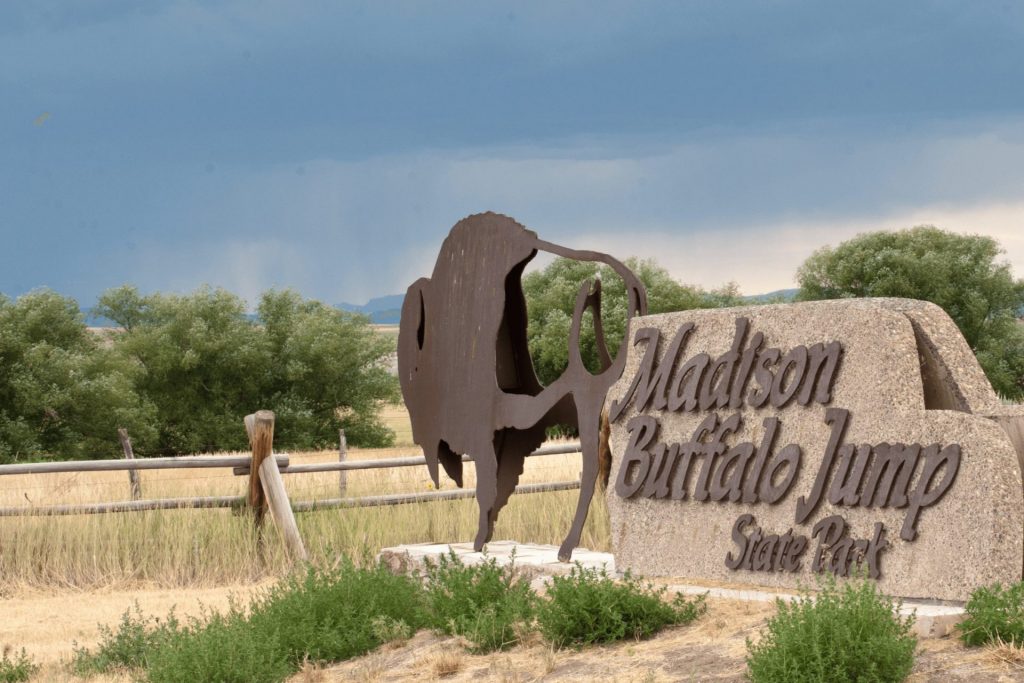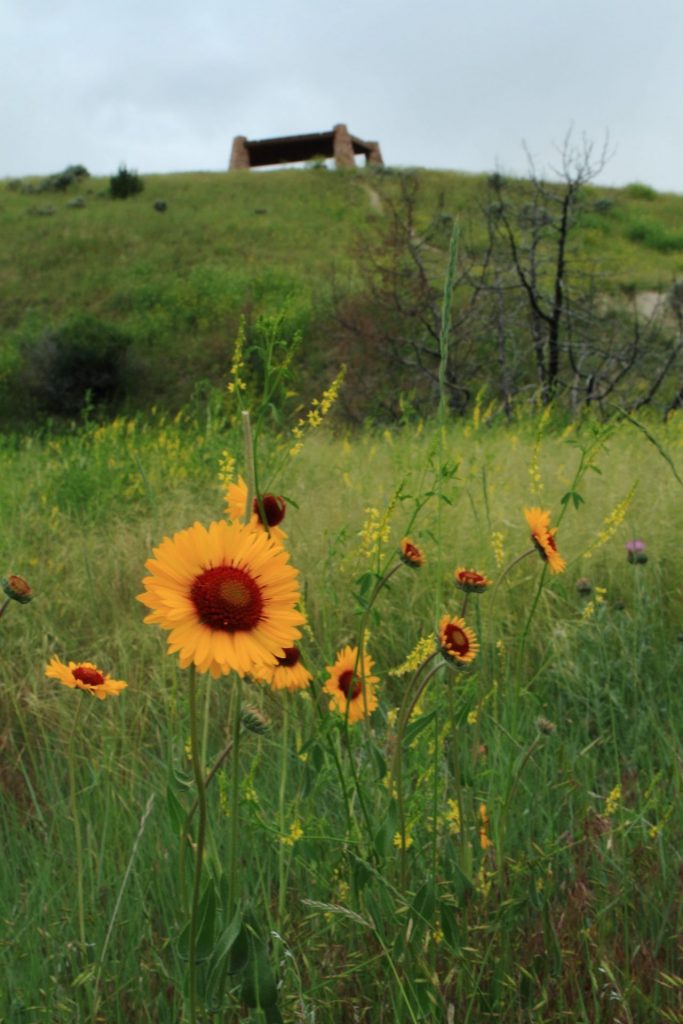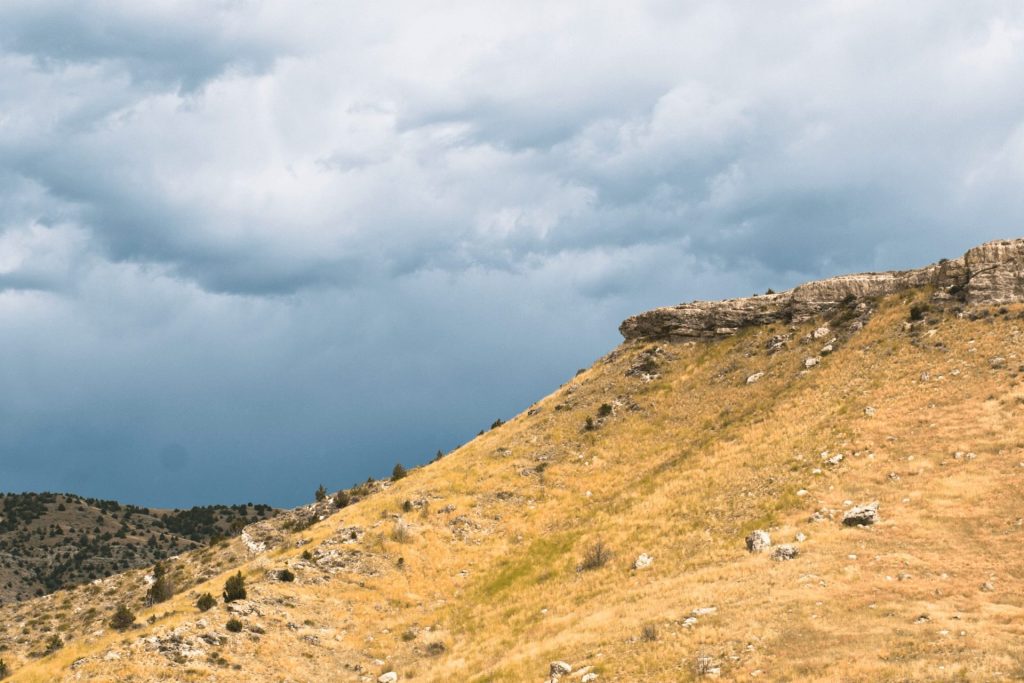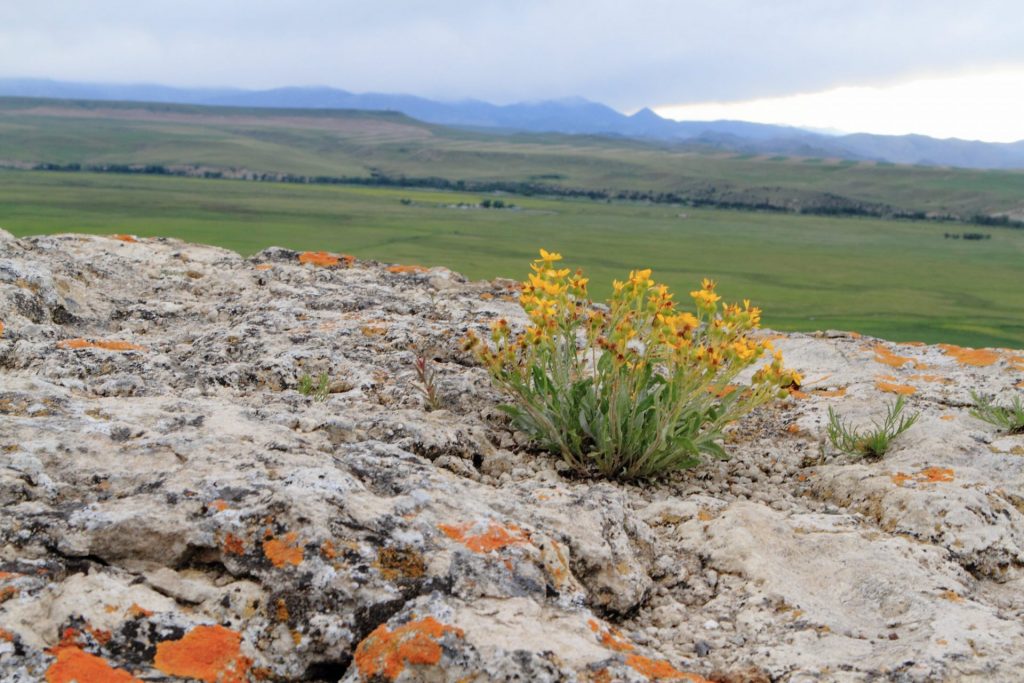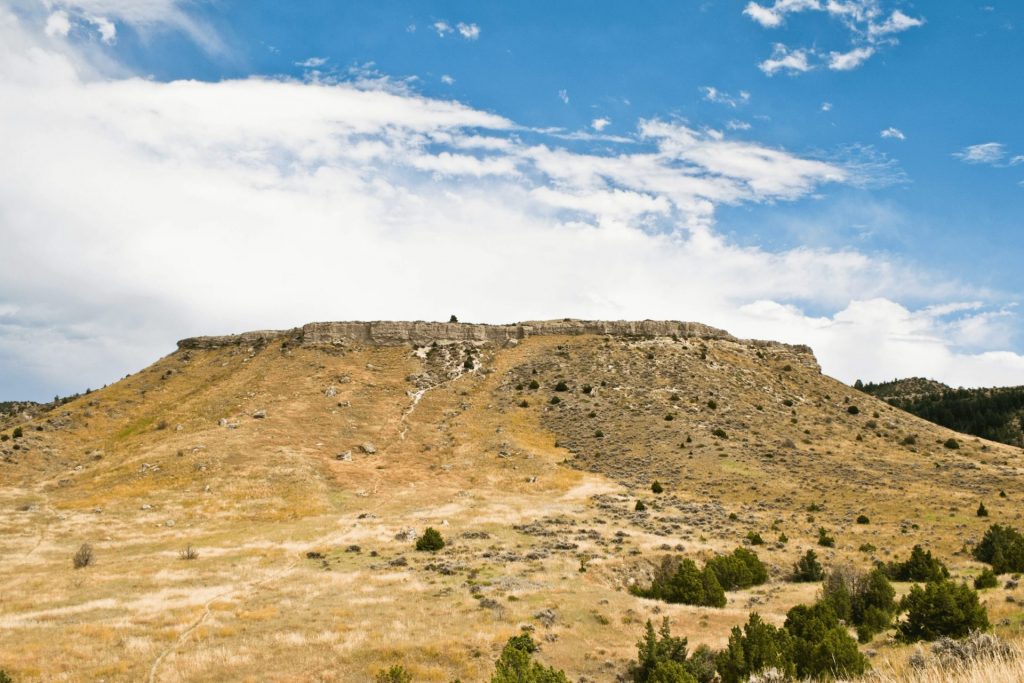Somers Beach State Park
Somers Beach State Park

Over the past decade, the Sliter family and the Montana State Parks Foundation have been working together to conserve and create public access at their property east of Somers, encompassing almost a half-mile of Flathead Lake shoreline.
This rare property has an expansive sandy beach at low lake levels, and at higher lake levels, its shallow waters provide a safe area for families to swim and recreate.
It also has impressive beauty with views of the Swan Mountains and miles of undeveloped shoreline.
Montana’s newest state park has been proposed for this spectacular site.
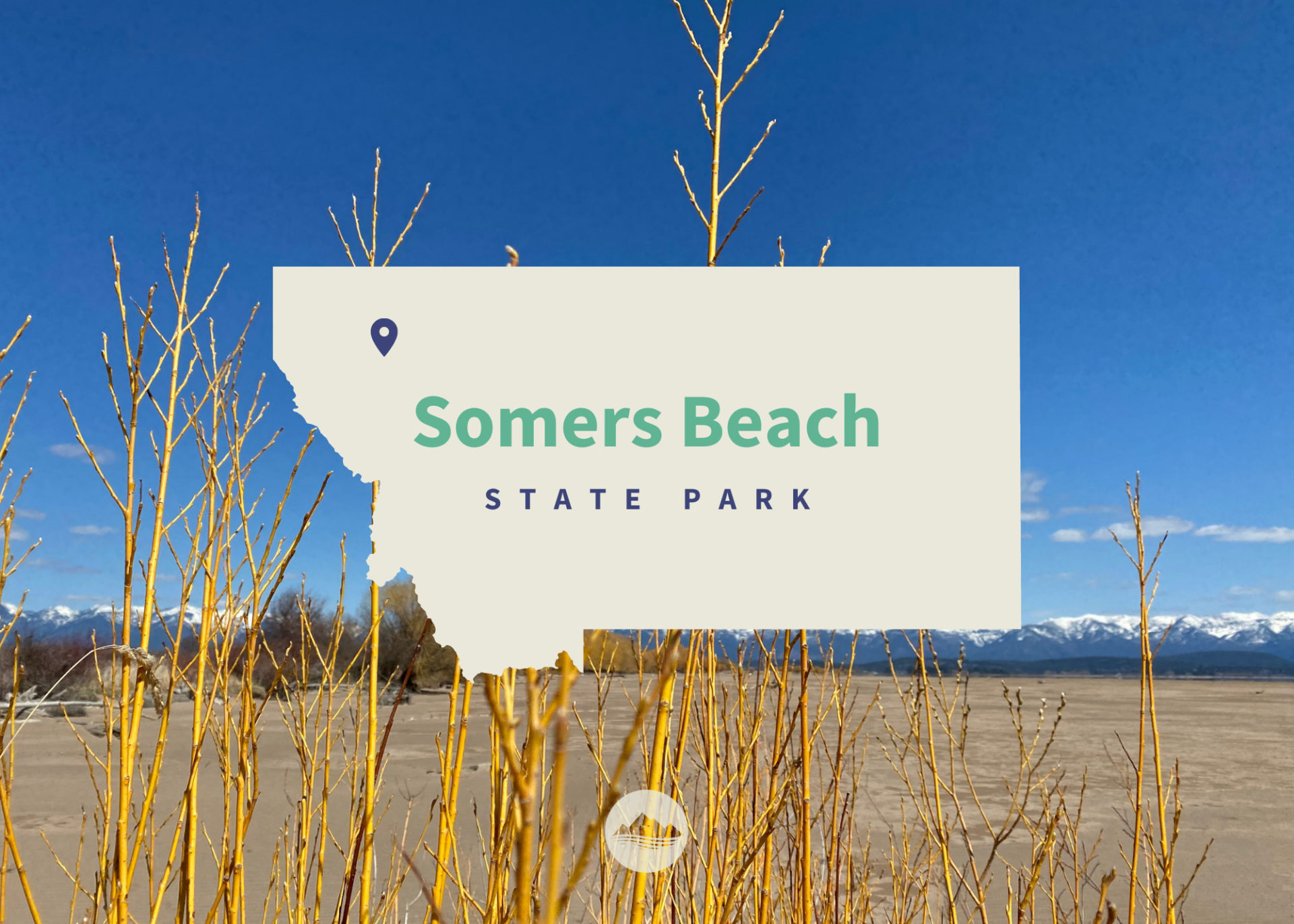
The Sliter Family generously promised a $100k matching grant for the creation of our newest state park, totaling to $200,000!
Along with our matching grant, Everit and Nikki Sliter have made a pledge of $25k, raising our match requirement to $125k, with an overall total of $250,000 if we make our match!
Although much of the north shore is public land, as part of the Flathead Lake Waterfowl Production Area, the WPA is closed to human use between March and July each year to protect migrating and nesting birds.
The park opened in the summer of 2021. Minimal amenities will be available at first but your donations and support will help us build a great park from the ground up. In the meantime, please understand that the park remains private until the final real estate sale is complete. We'll continue to post updates on our website and social media pages, so stay tuned.
Park Activities
Somers Beach State Park is day-use only, all dogs must be on a leash and fires are not permitted.
In spring 2022, FWP is conducting a public planning process to help guide future use and development of the site with the goal of establishing a clear vision and long-term plan for the park.
Park Features
Somers Beach State Park is day-use only, all dogs must be on a leash and fires are not permitted.
In spring 2022, FWP is conducting a public planning process to help guide future use and development of the site with the goal of establishing a clear vision and long-term plan for the park.
We couldn't have done it without you! Locals submitted over 250 letters showing overwhelming support for the property to become a future state park.
Although Flathead Lake is the largest freshwater lake in the western U.S., there are currently only 13 public access sites along its 185 miles of shoreline.
As a state park, these public lands will help permanently conserve wildlife habitat while continuing to allow public recreation.
Please consider donating to the park today or becoming a sponsor of a featured park email.

Curious what other visitors have had to say about the park?

Park
Location
558 Somers Rd, Somers, MT 59932, United States
Somers Beach State Park Read More »

